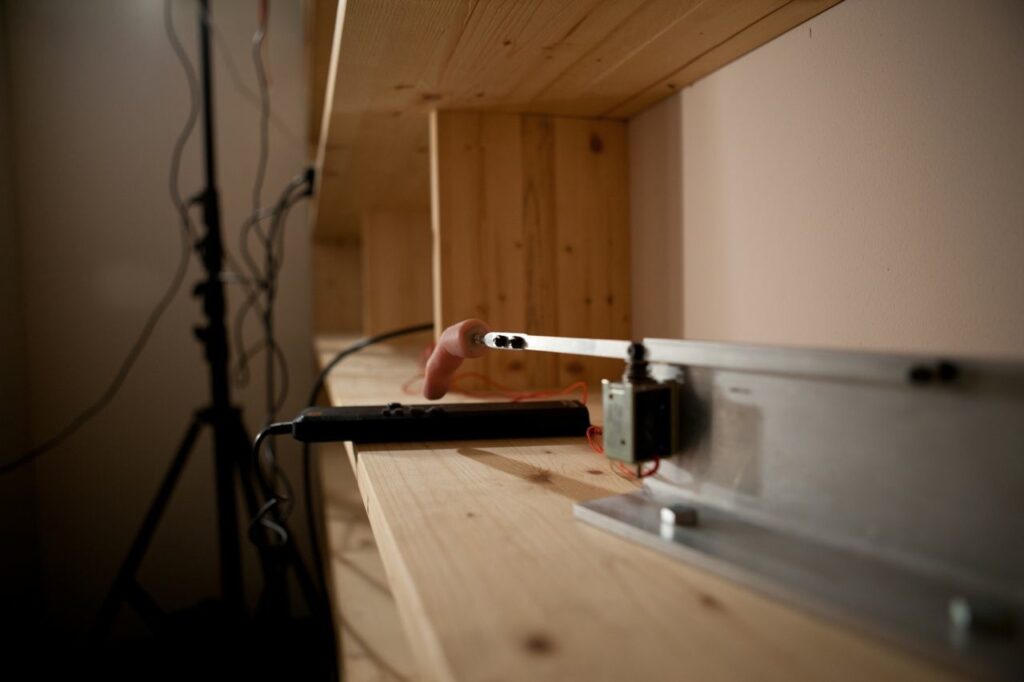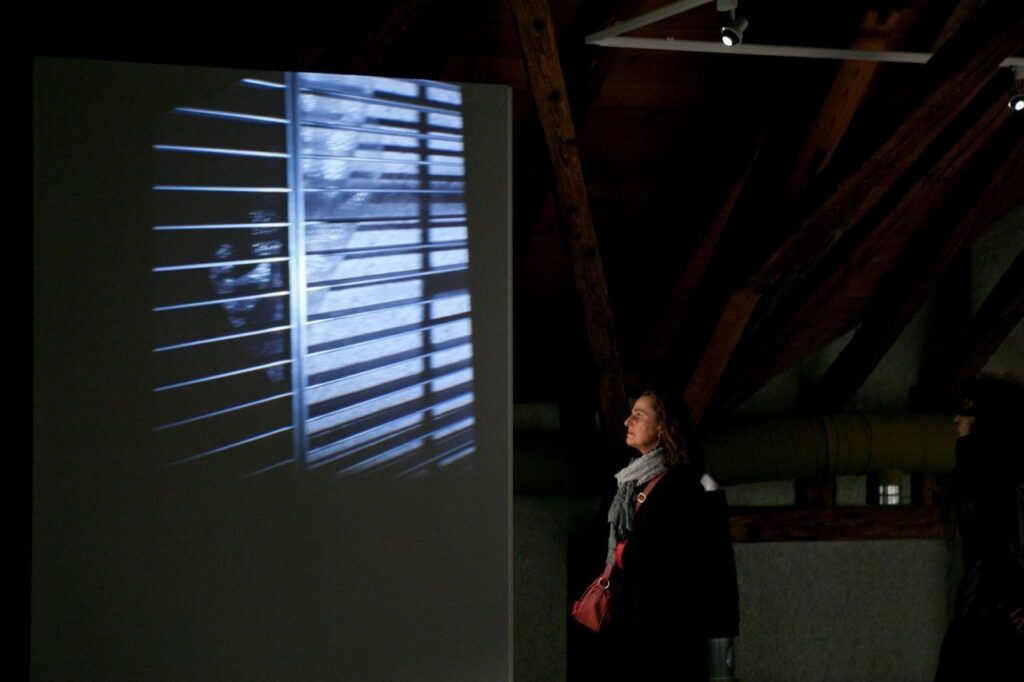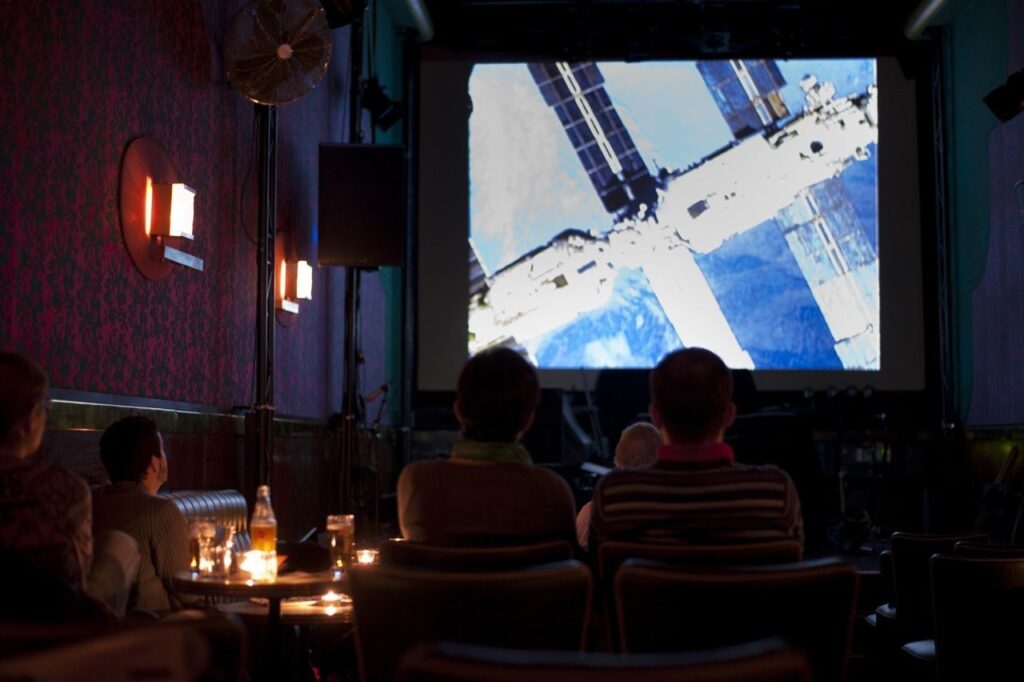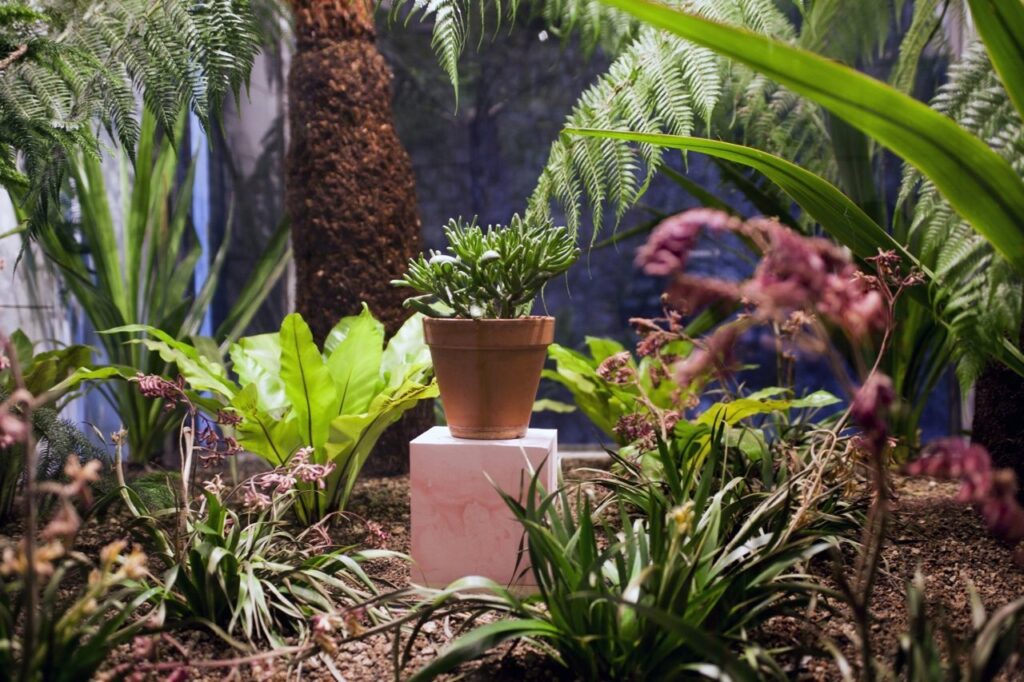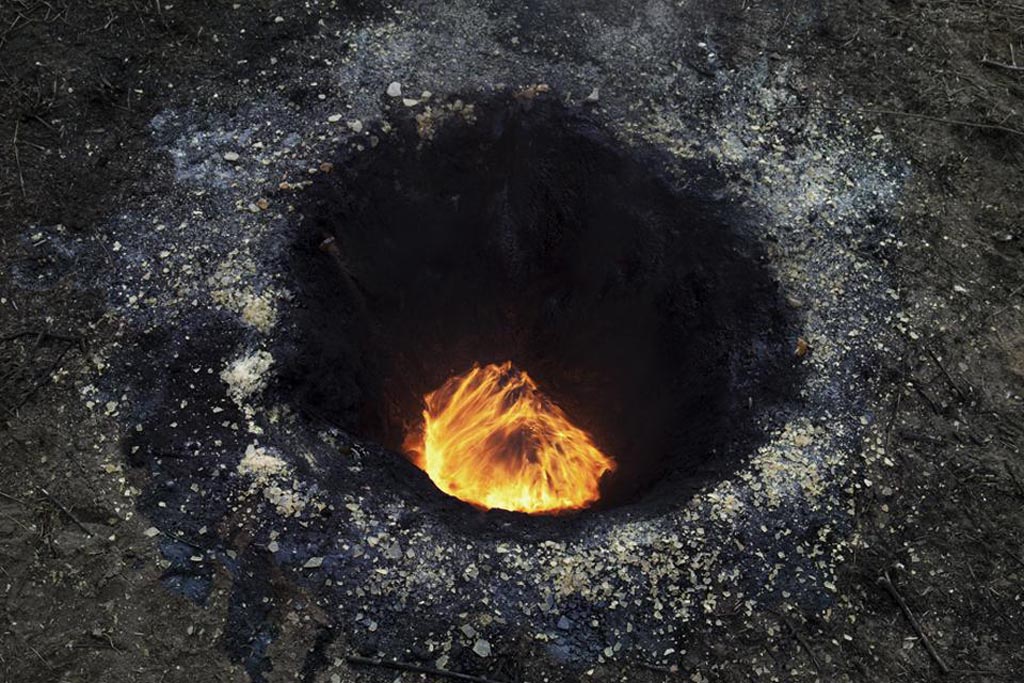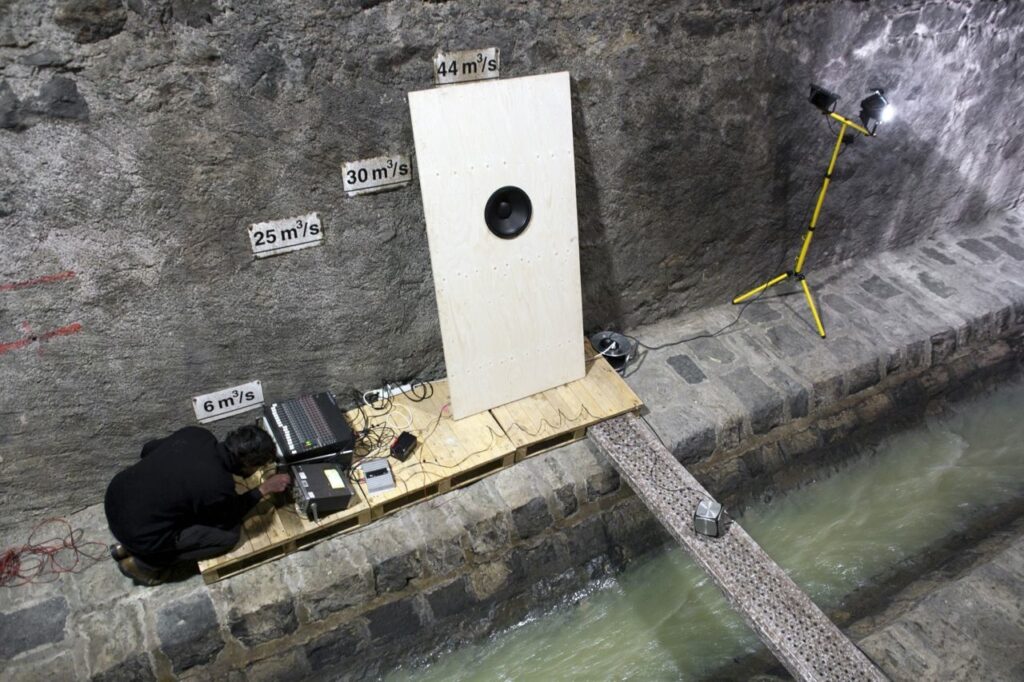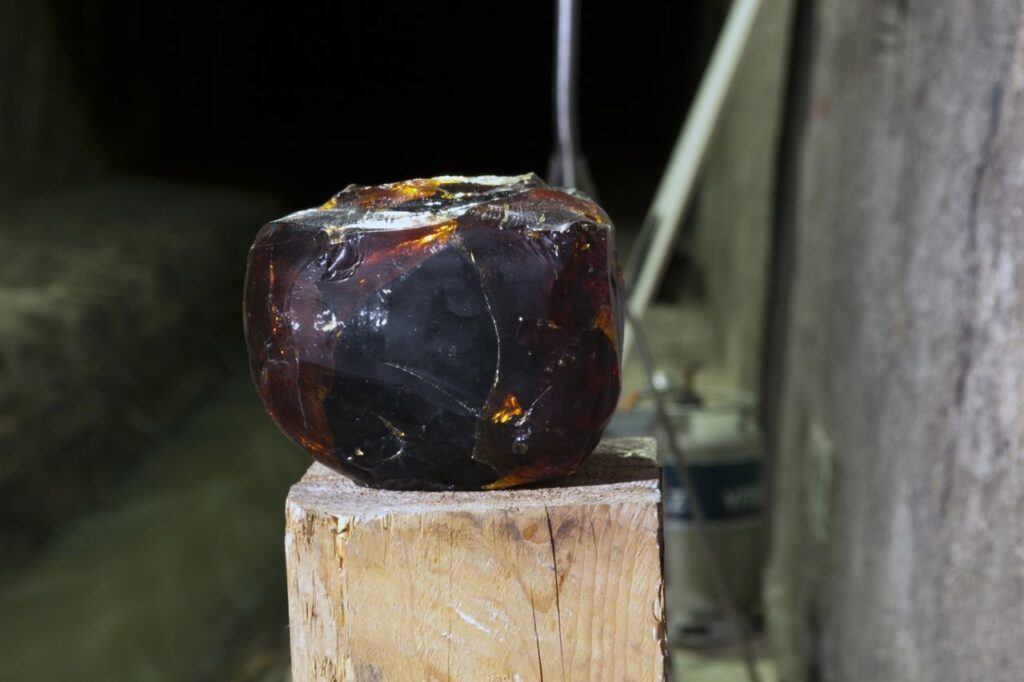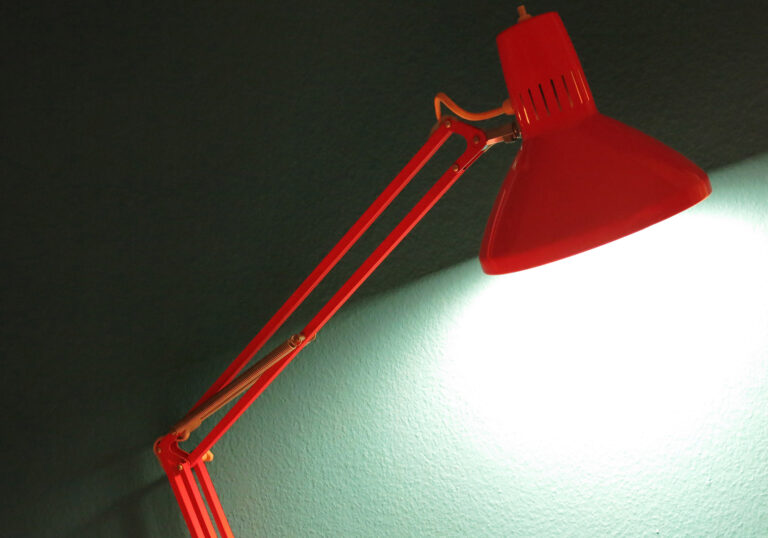
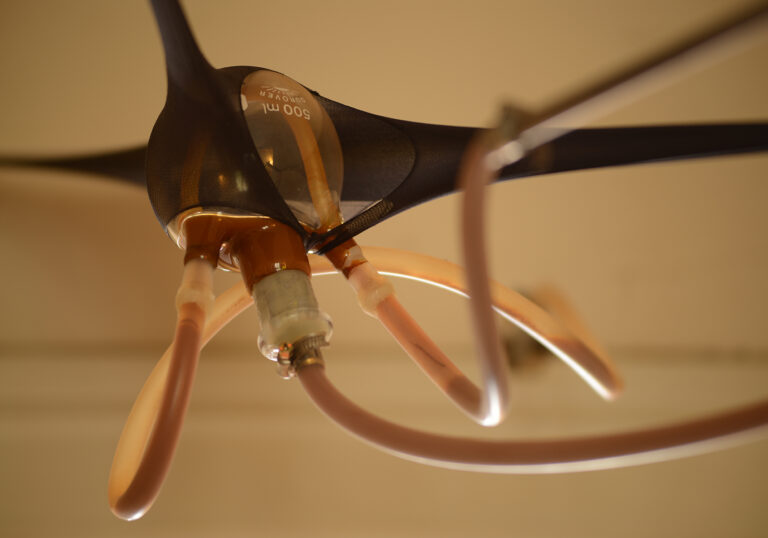
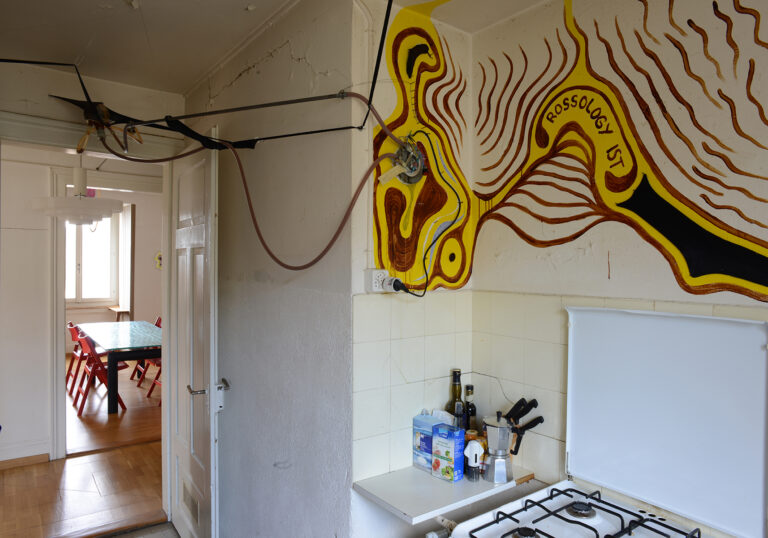
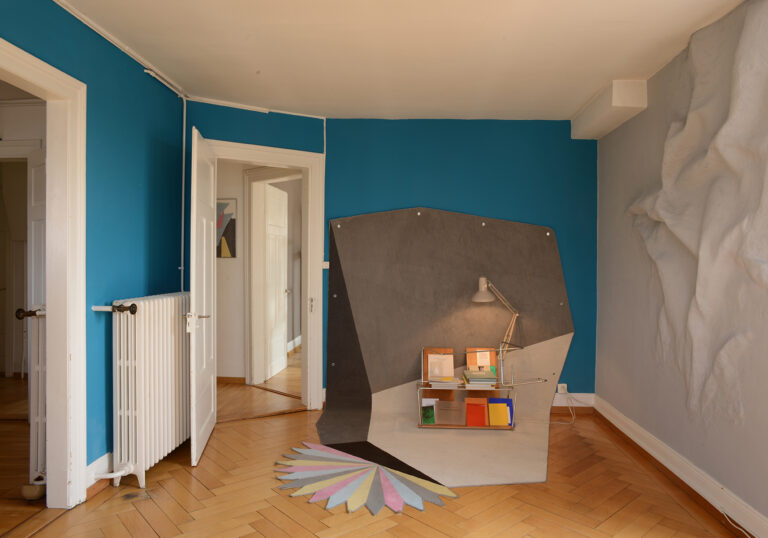
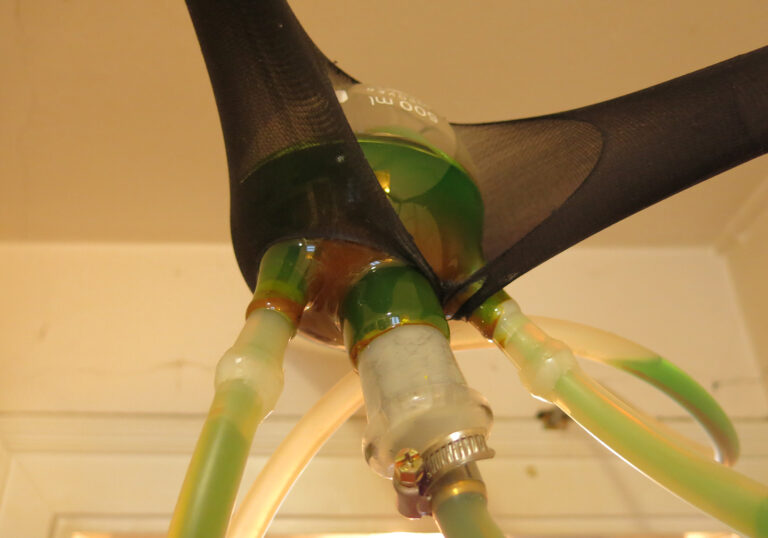

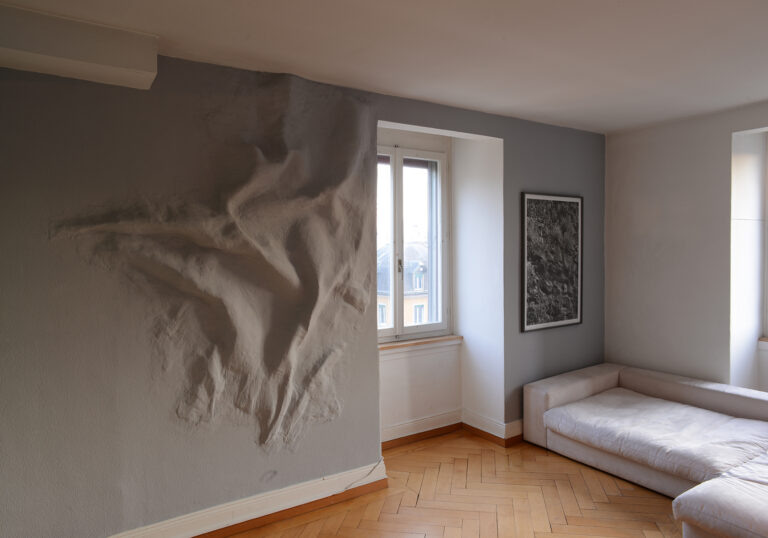
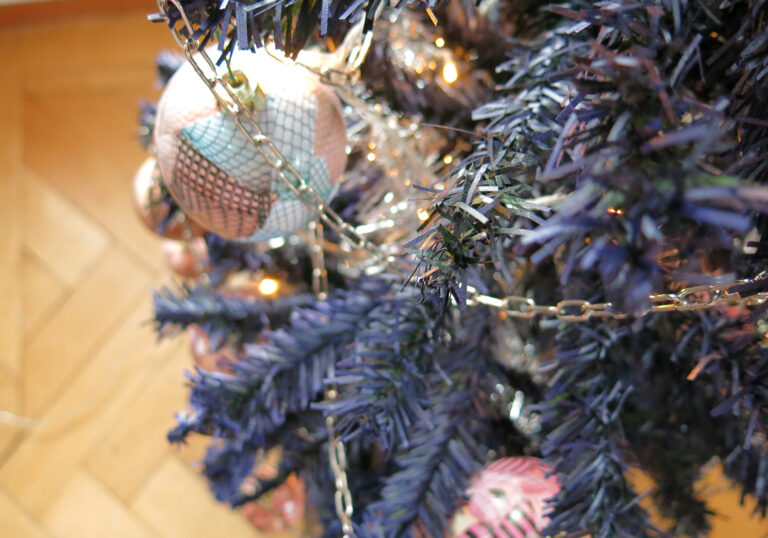
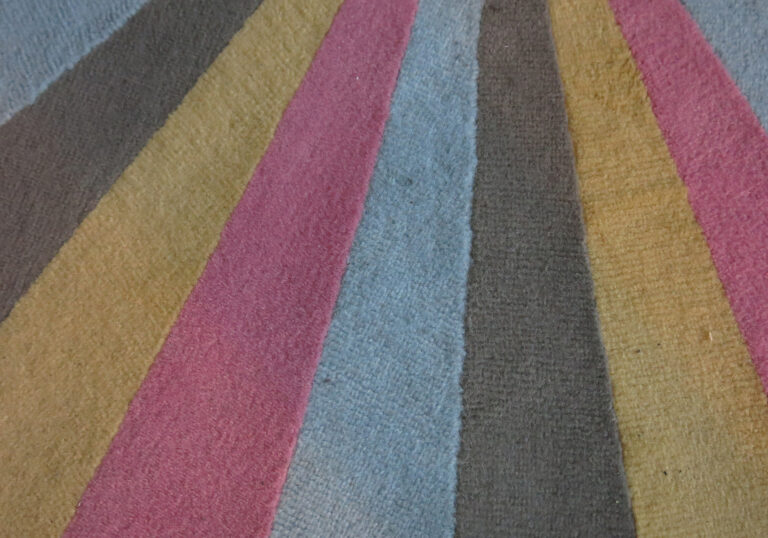
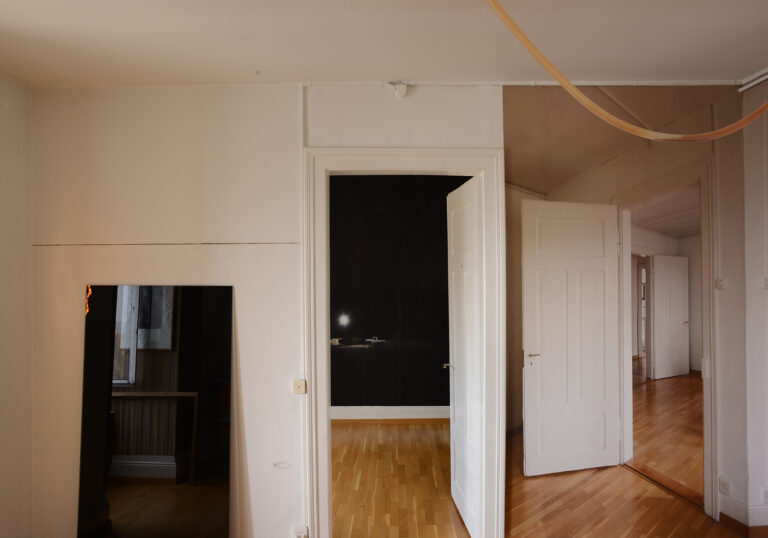
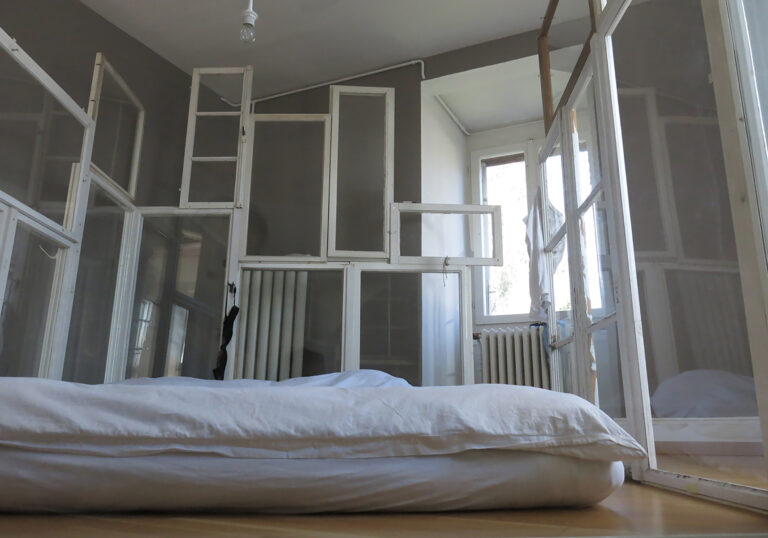
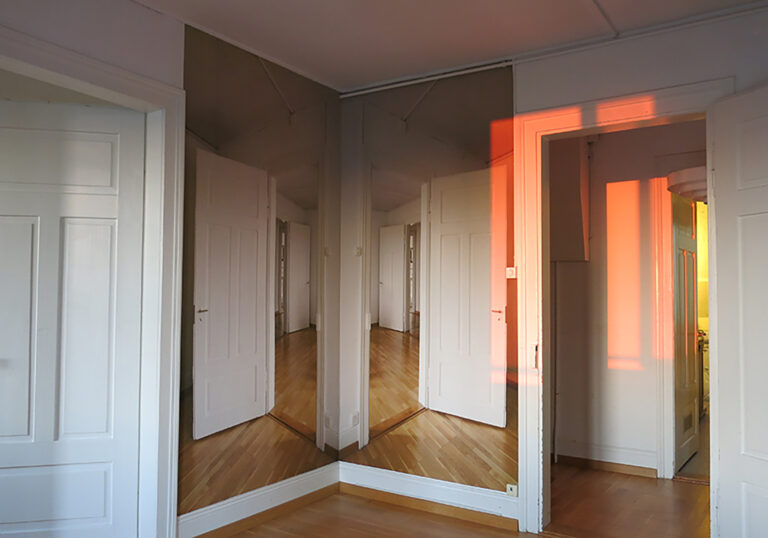
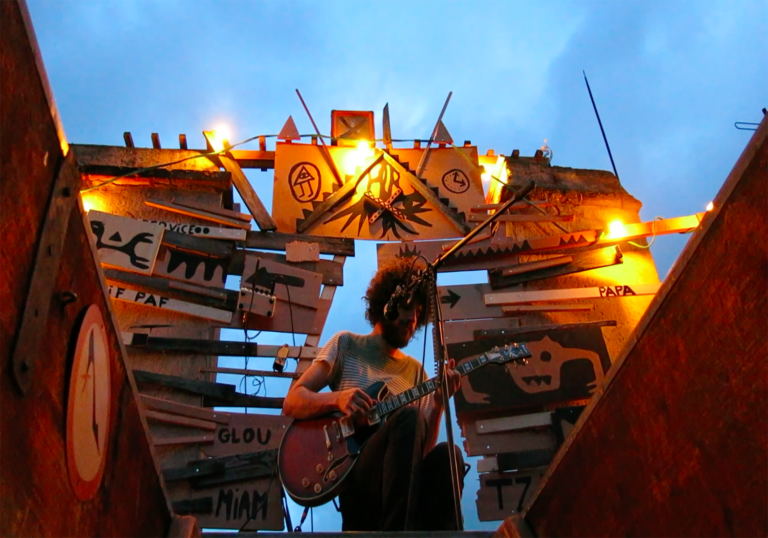
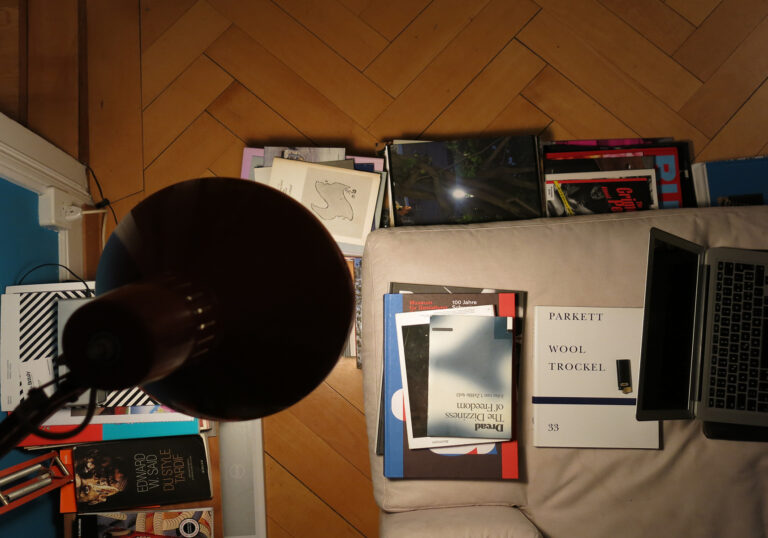
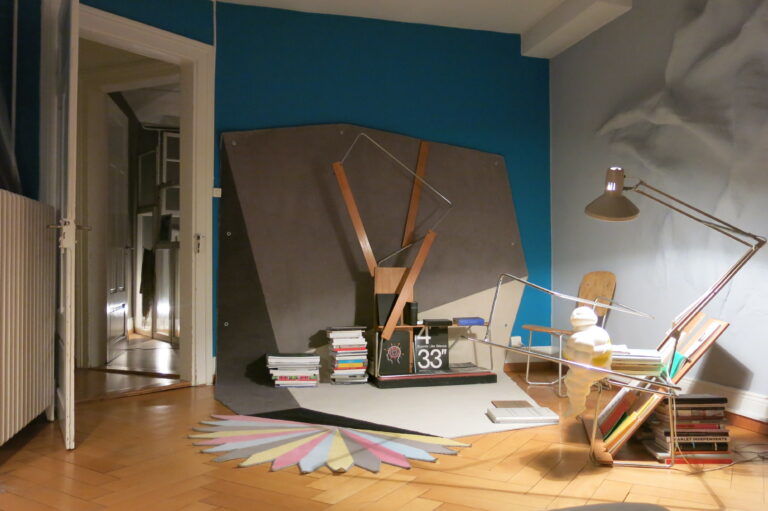
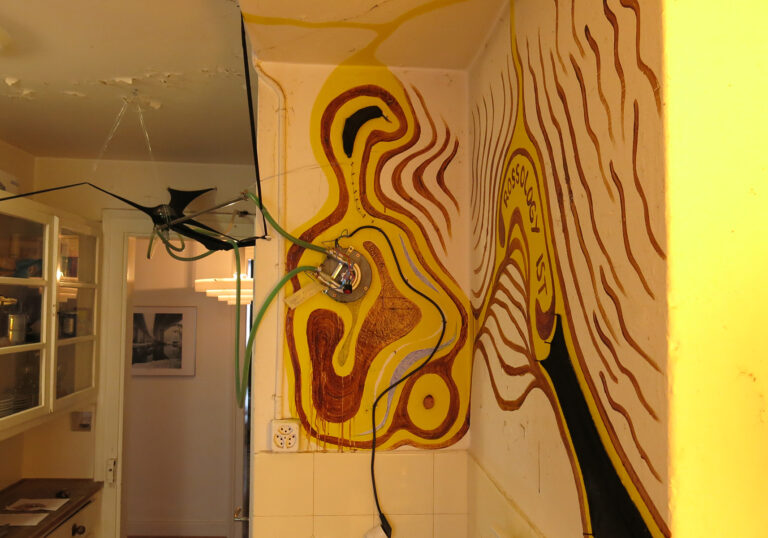
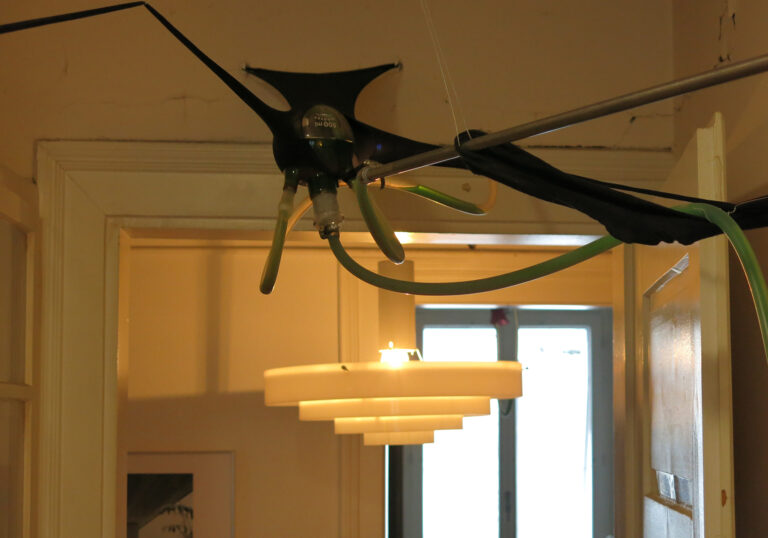
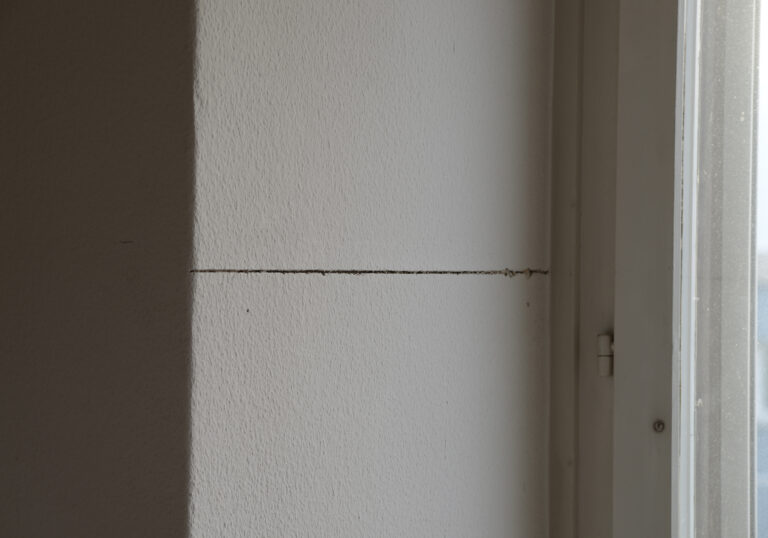
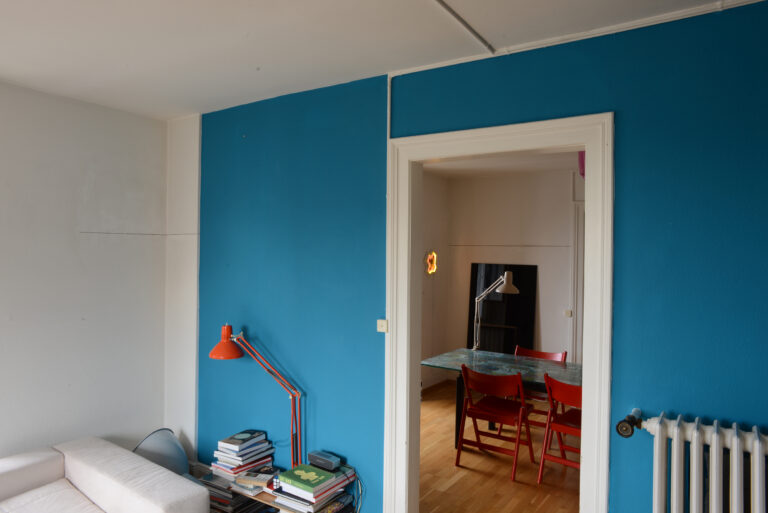
Wohnung
Zurich
2014 – 2015
Aldo Mozzini
Nils Nova
Augustin Rebetez
Noé Cauderay
Louis Jucker
Sabine Tholen
Barbara Davi
Miki Tallone
Davide Cascio
Oppy De Bernardo
Thomas Bonny
Tobias Spichtig
Paolo Thorsen-Nagel
Luc Mattenberger
Oliver Ross
Pascal Schwaighofer
Marco Fedele Catrano
Curatorial
statement
Wohnung was a project that unfolded over a period of two years in an apartment awaiting complete renovation. This transitional space became a site of artistic and human experimentation, blending an artist residency with a place of production. Each month, a new installation was added to the previous ones, coexisting with them in an evolving composition until the eventual move.
The interventions, designed to respond to the specificities of the space, were integrated into various parts of the apartment. Over time, they interacted with the existing creations, extending from the bathroom to the rooftop terrace and transforming every corner into a unique experience.
Wohnung was not just an artistic space but also a place for encounter and exchange. The intimacy of a private space was temporarily opened to the public, creating opportunities for discussion and sharing. An exhibition could take the form of a single evening, a vernissage, or a moment of connection.
The project explored themes of living spaces, the boundaries between private and public realms, real estate speculation, and how these issues shape our lives. Time, the quality of exchanges around art and culture, personal experiences, hospitality, and dialogue defined the essence and uniqueness of Wohnung’s approach.
Wohnung #1
Aldo Mozzini
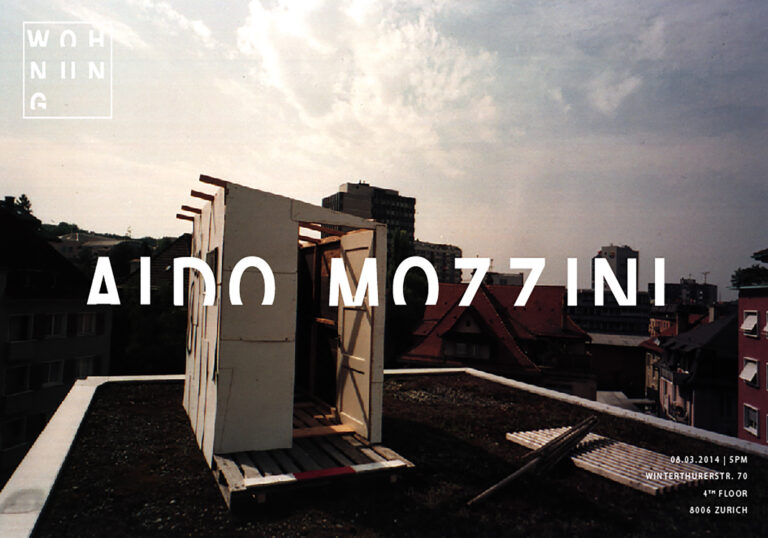
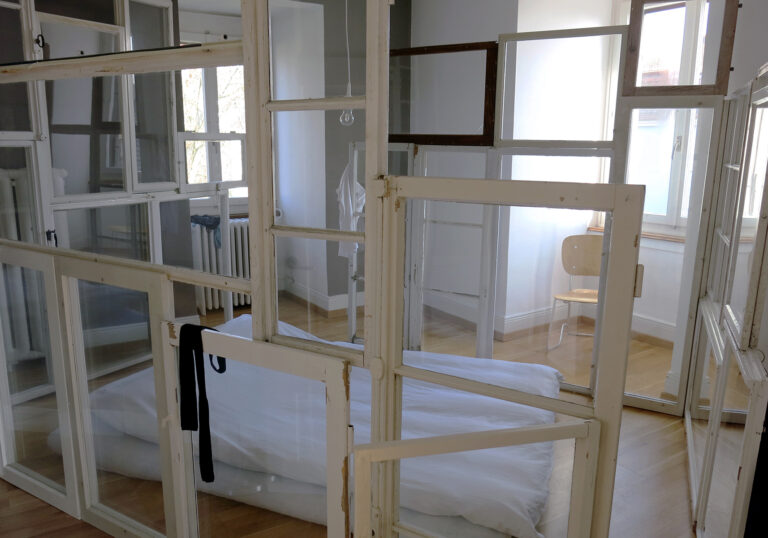

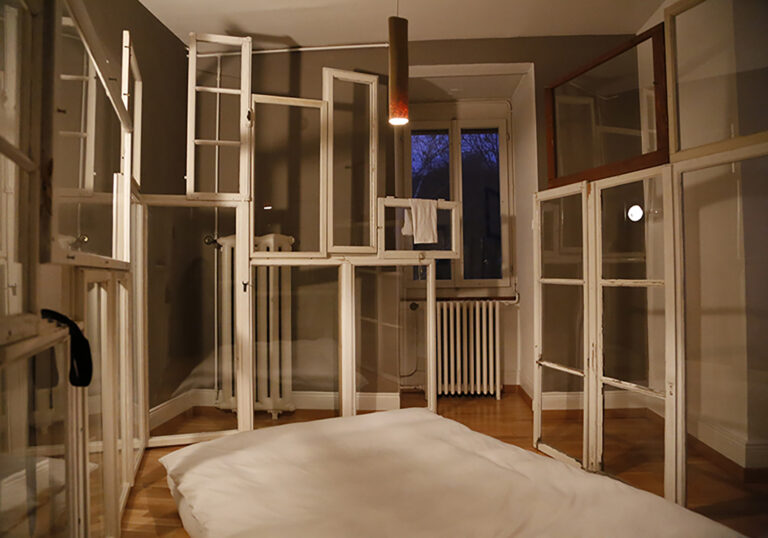
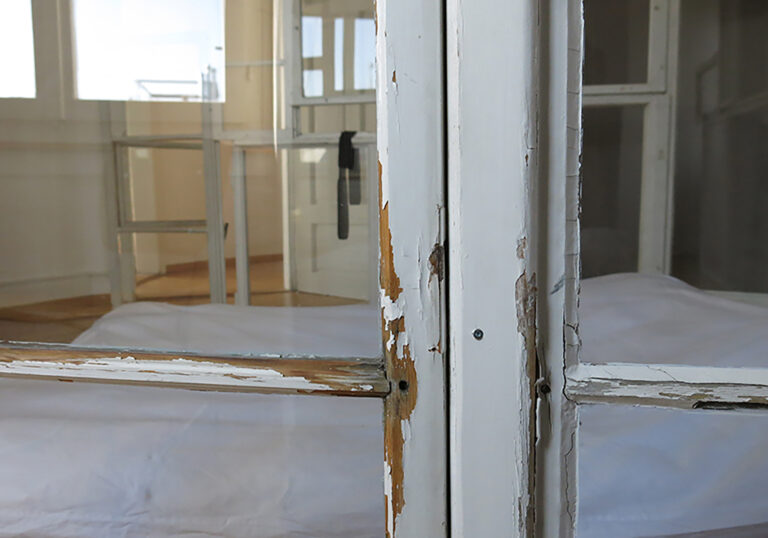
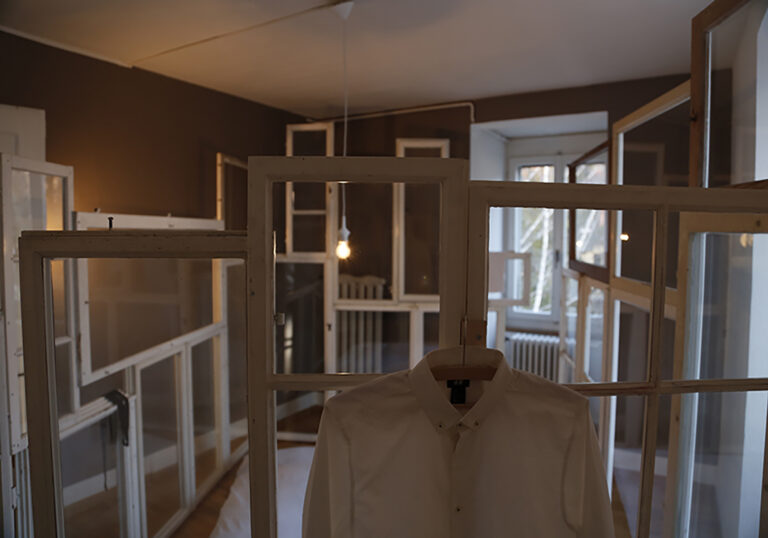
Wohnung #2
Nils Nova
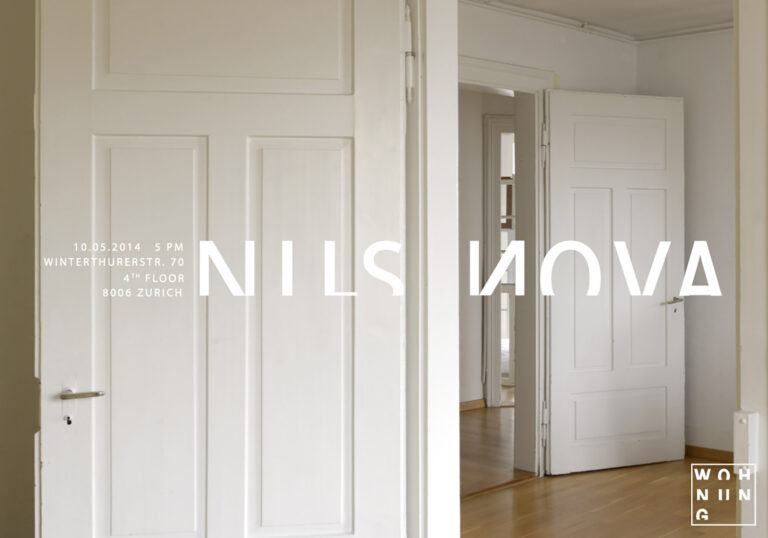
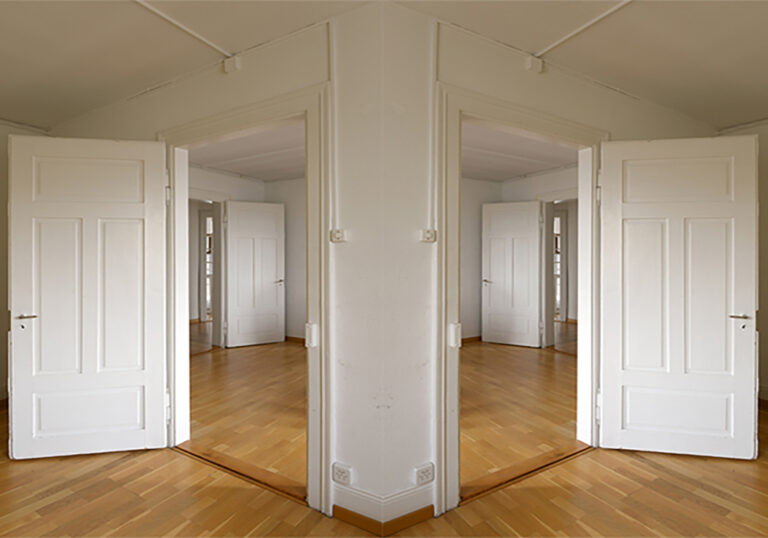

Wohnung #3
Augustin Rebetez
Noé Cauderay
Louis Jucker

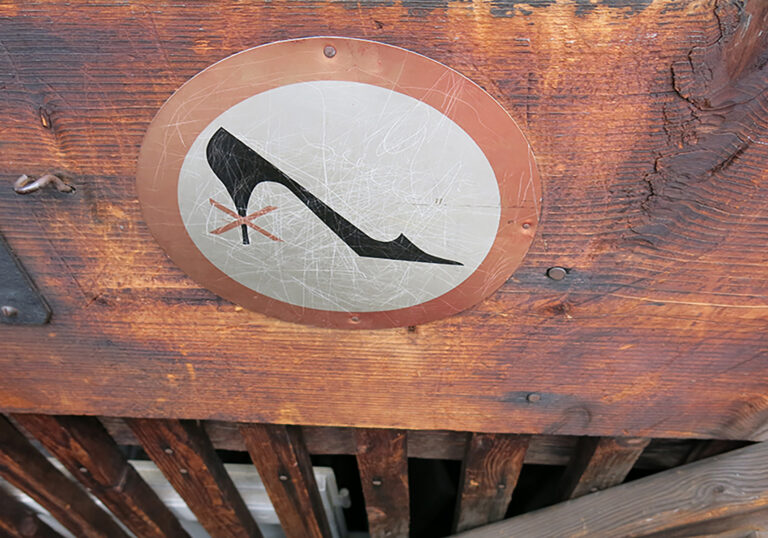

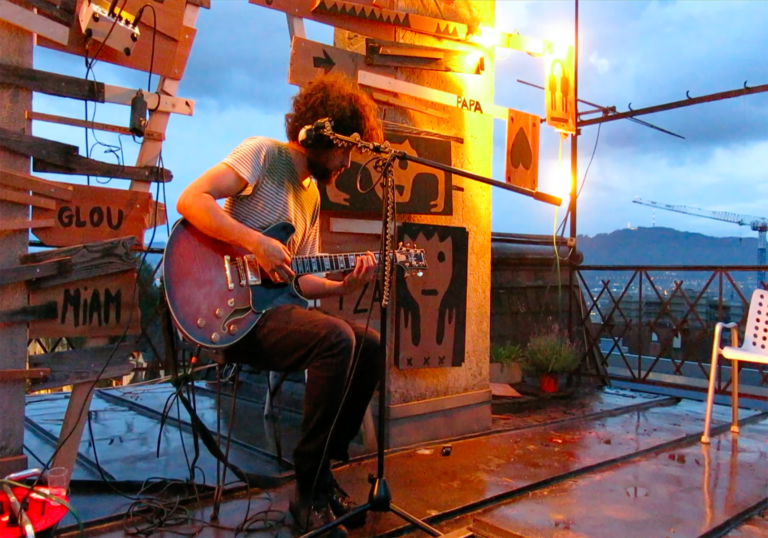
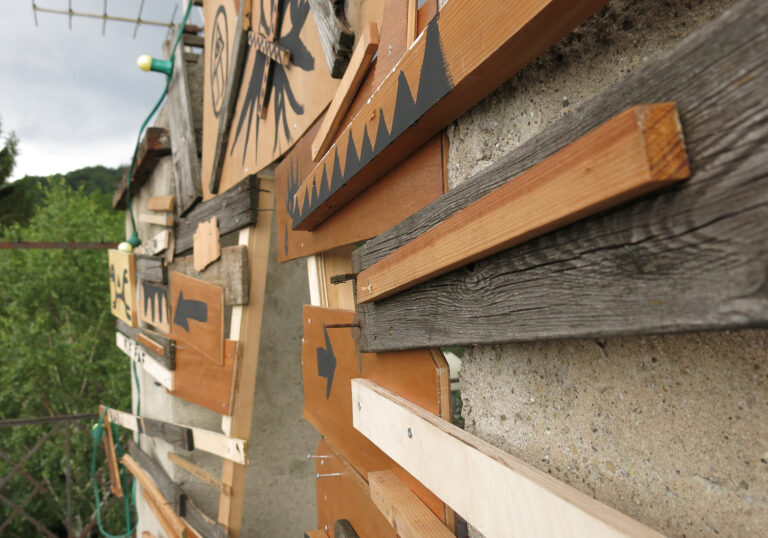
Wohnung #4
Sabine Tholen
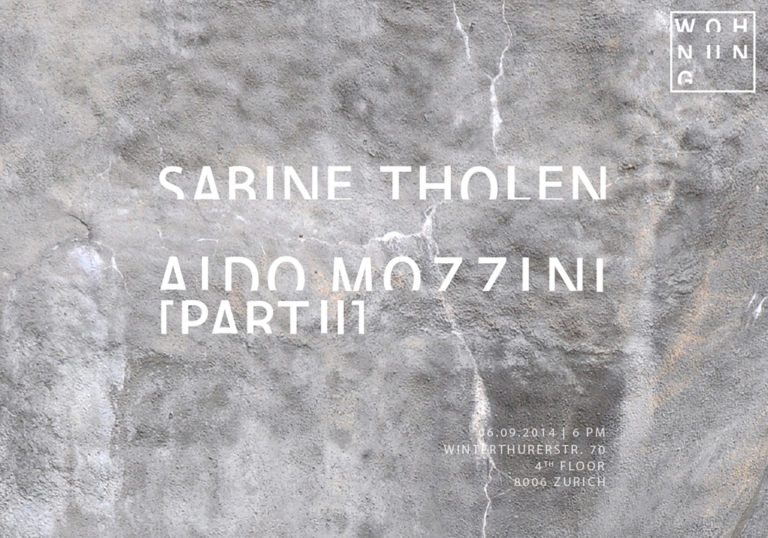
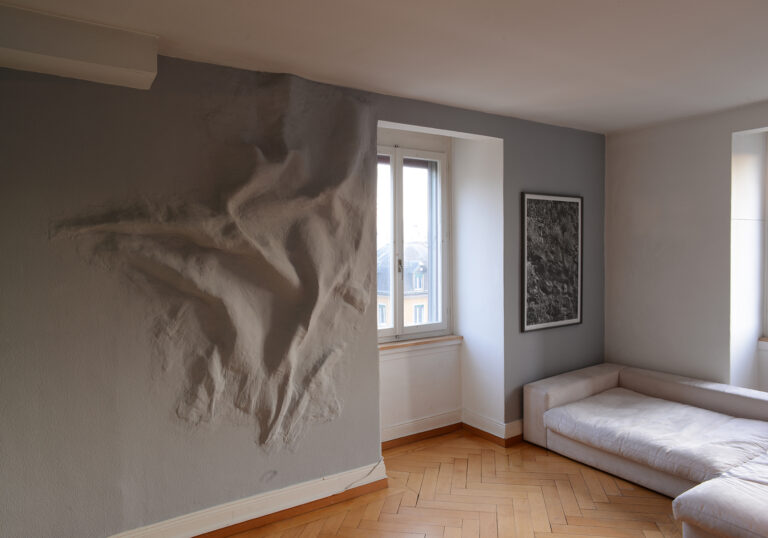
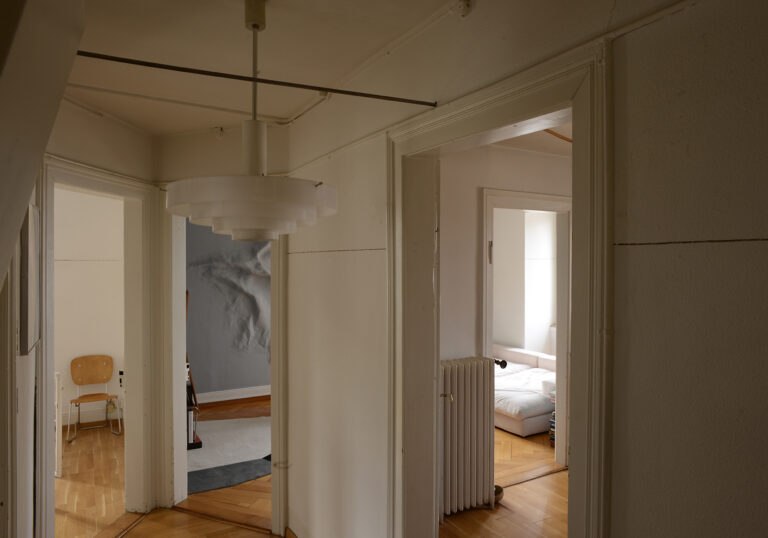
Wohnung #5
Miki Tallone
Barbara Davi
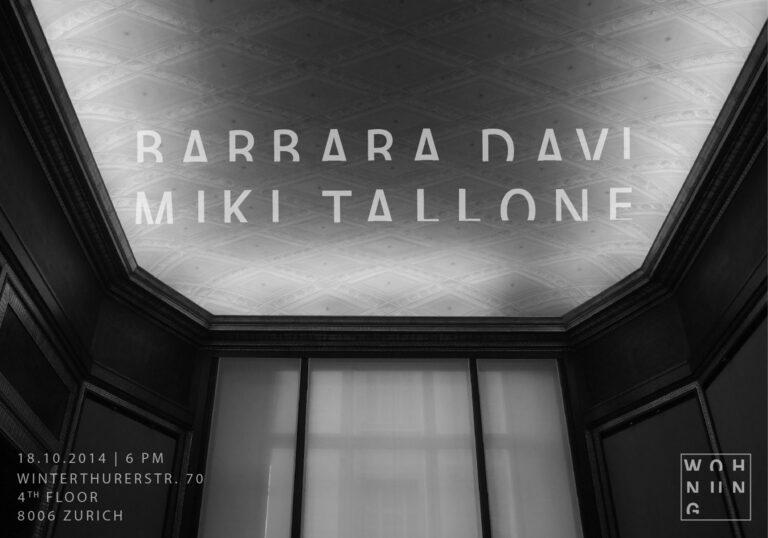
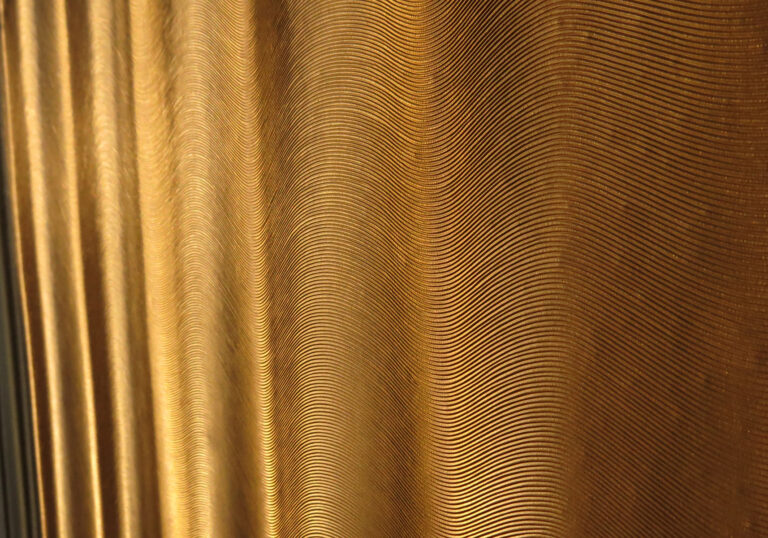
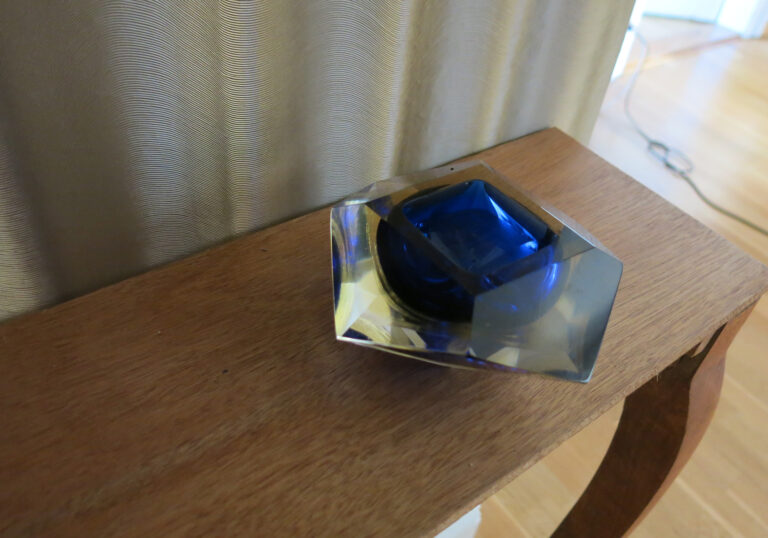
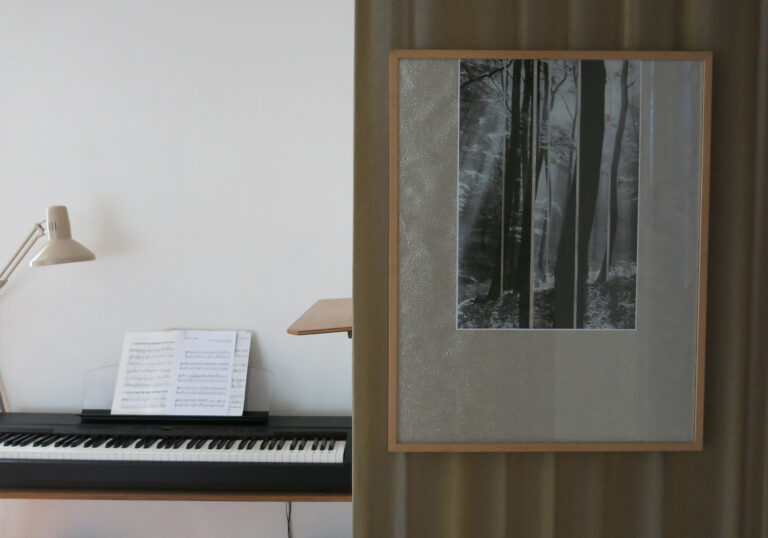
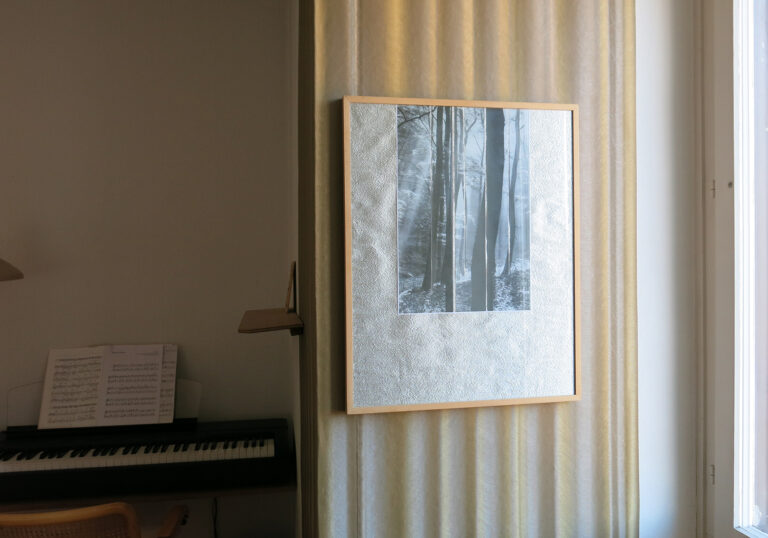
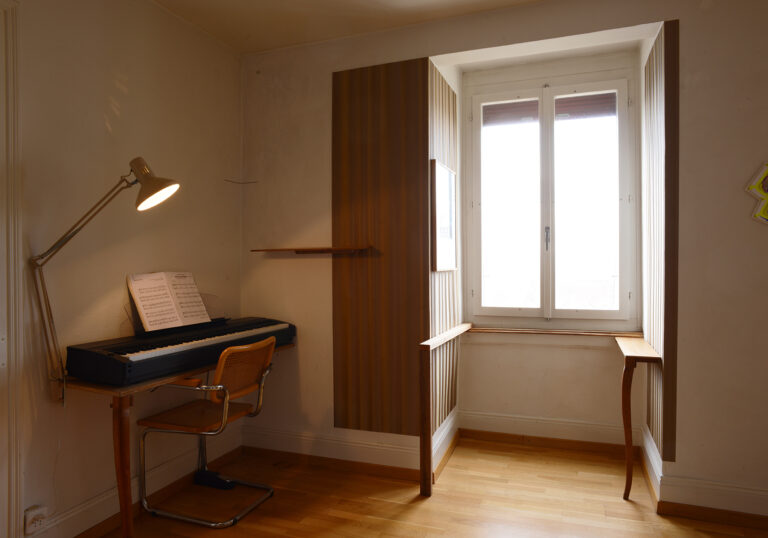
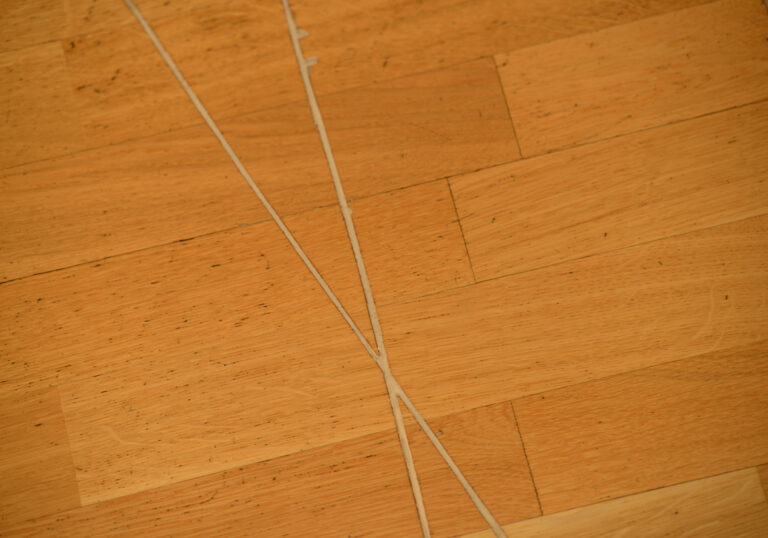
Wohnung #6
Davide Cascio
Oppy de Bernardo
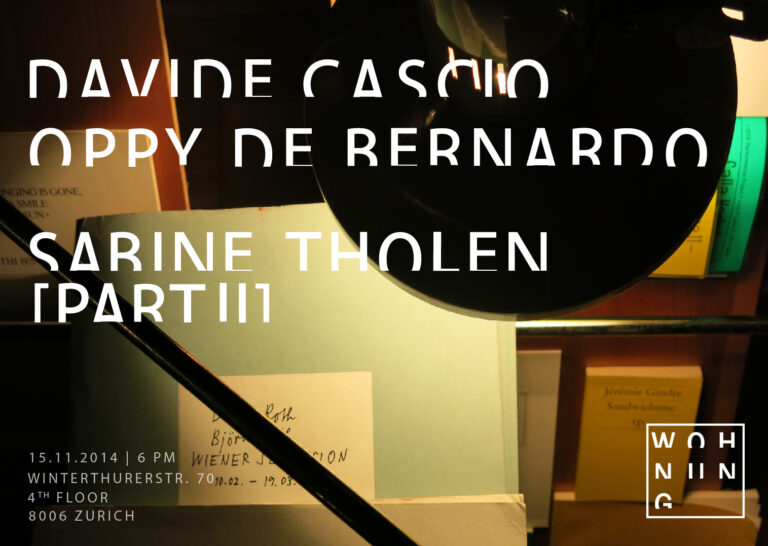
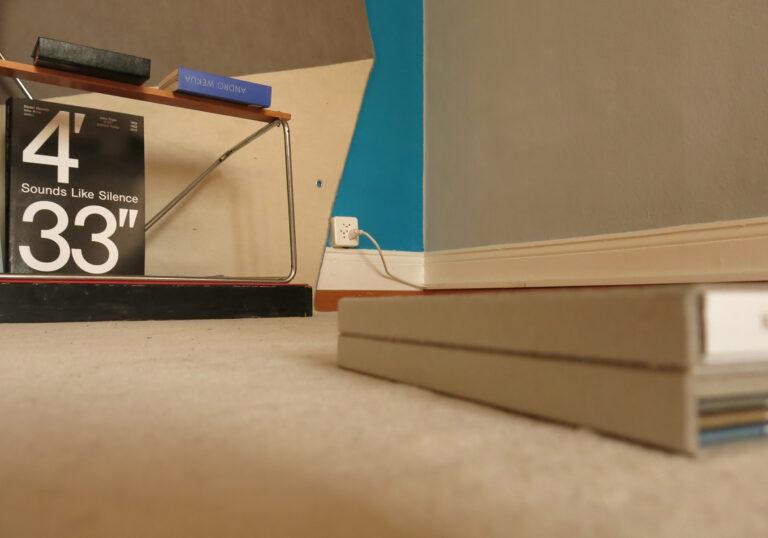
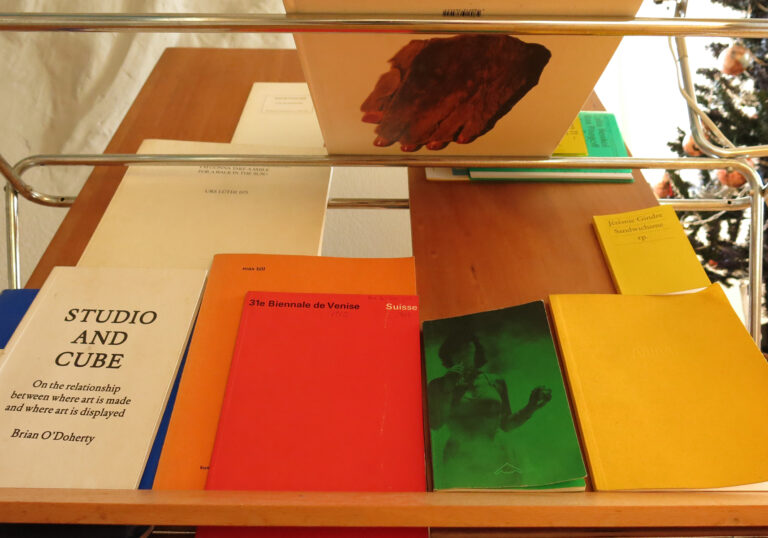
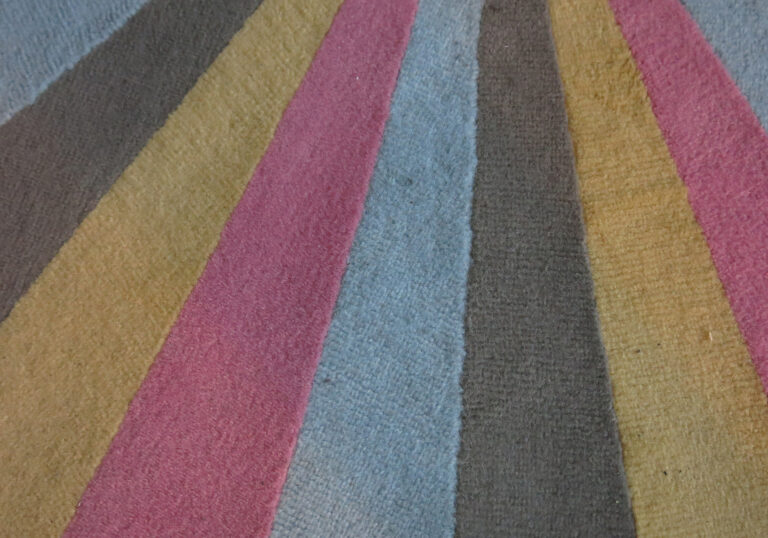
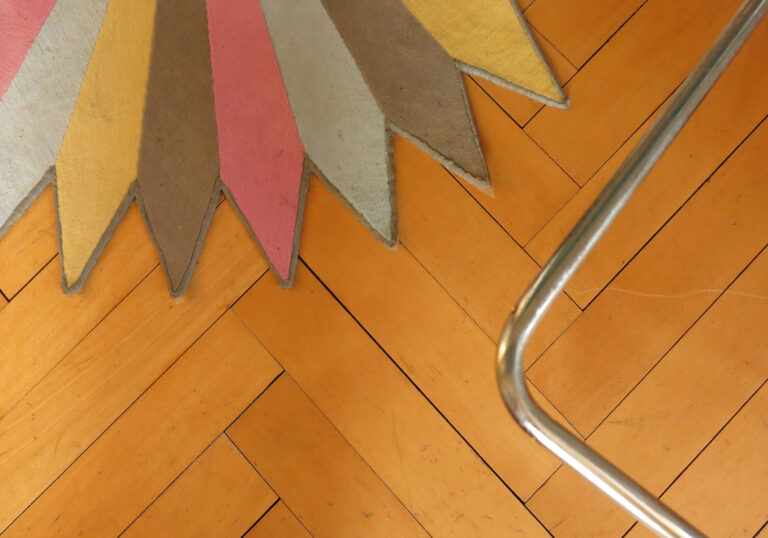
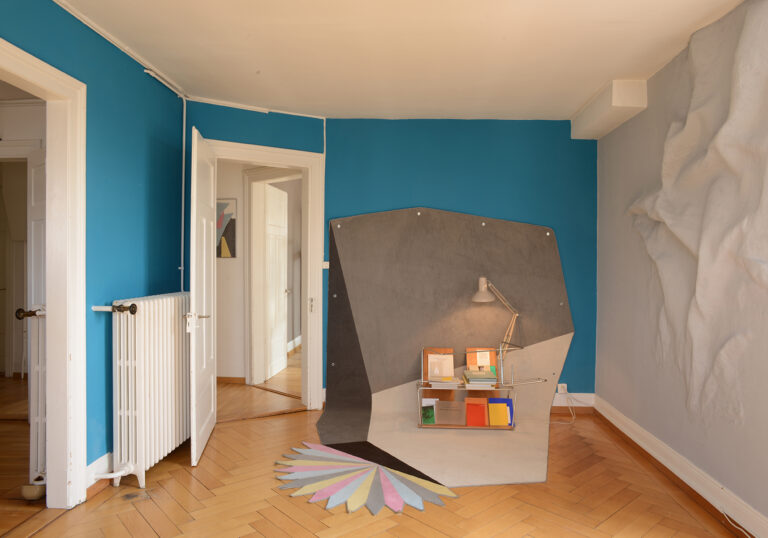
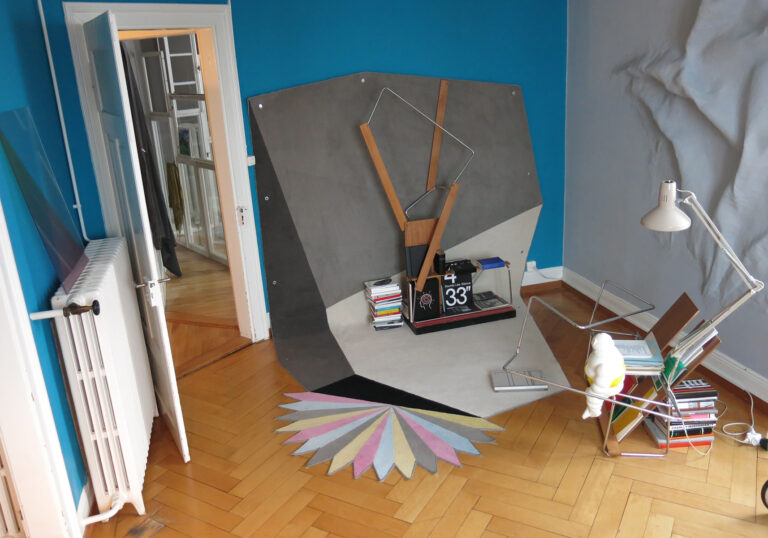
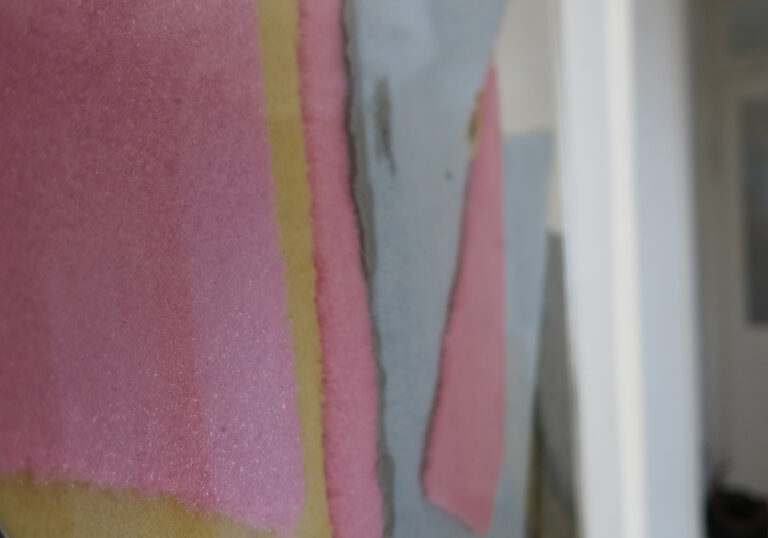
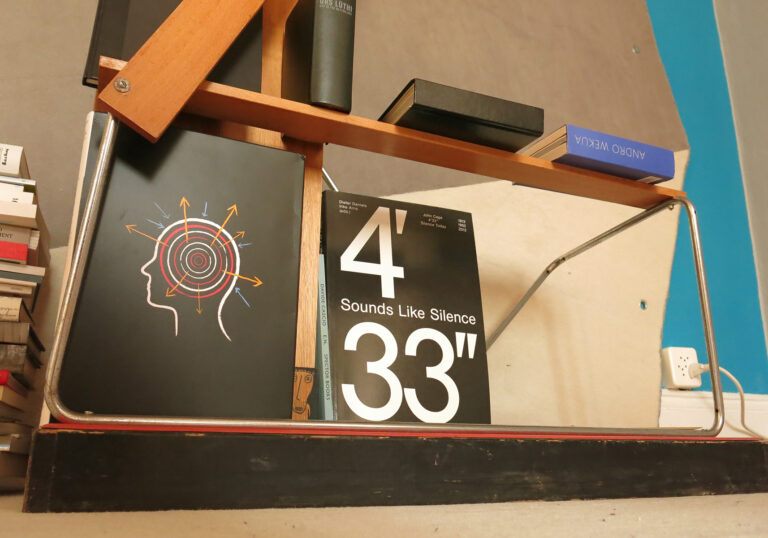

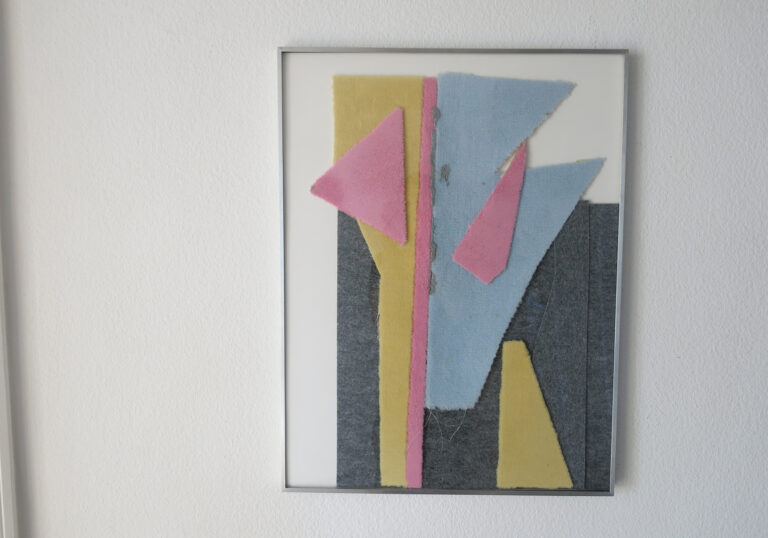
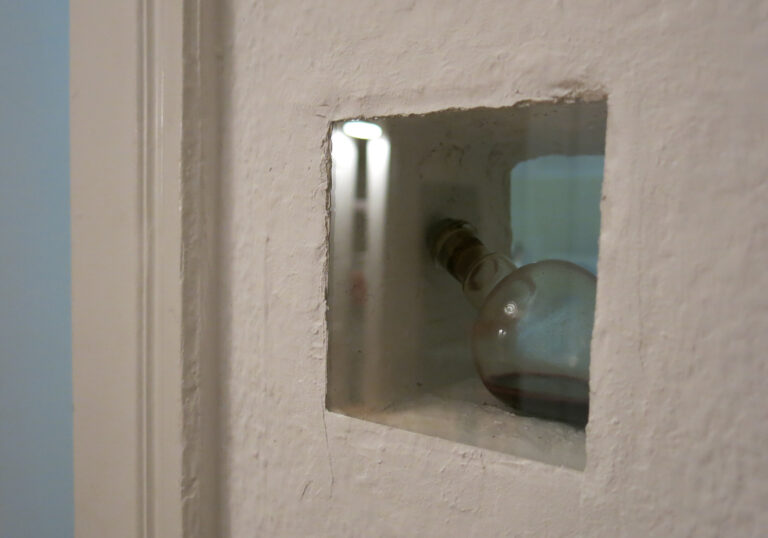
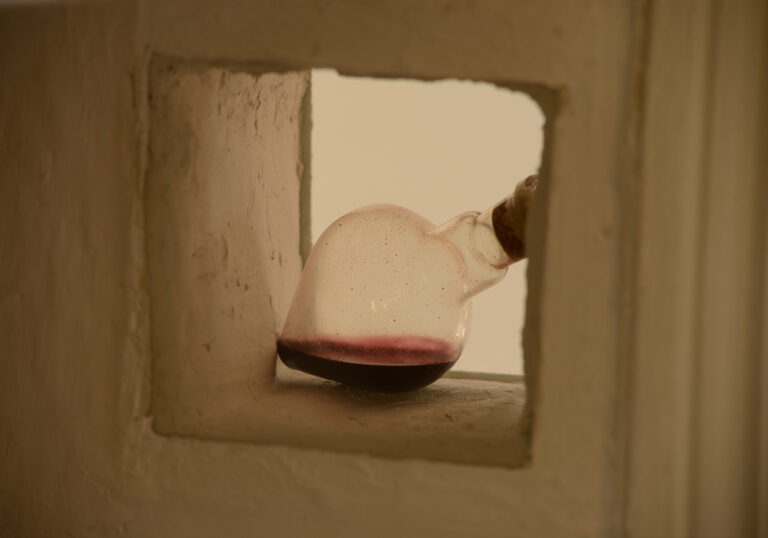
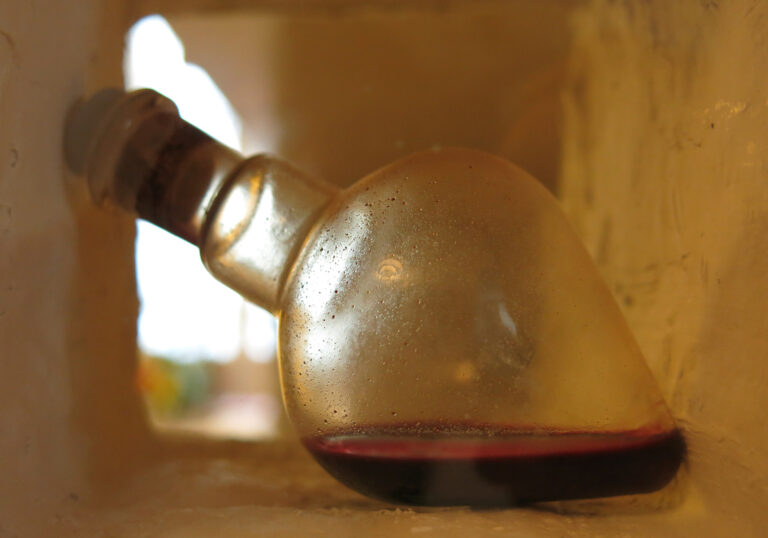
Wohnung #7
Thomas Bonny
Oliver Ross
Tobias Spichtig & Paolo Thorsen-Nagel
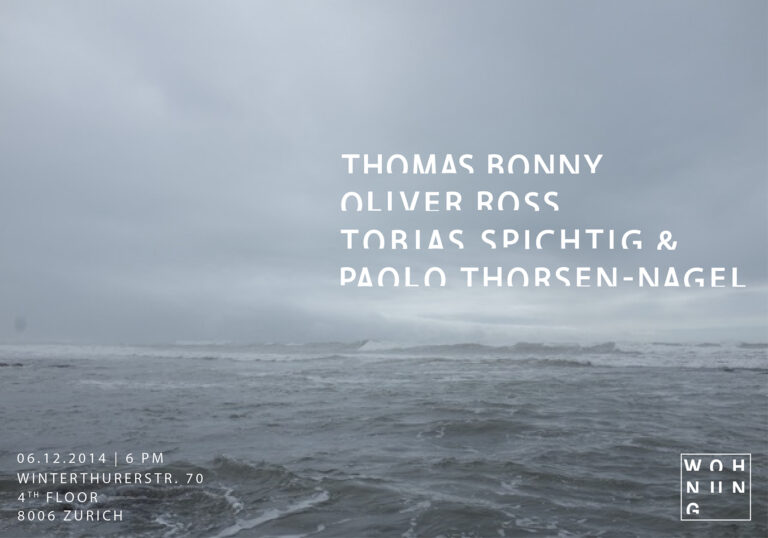
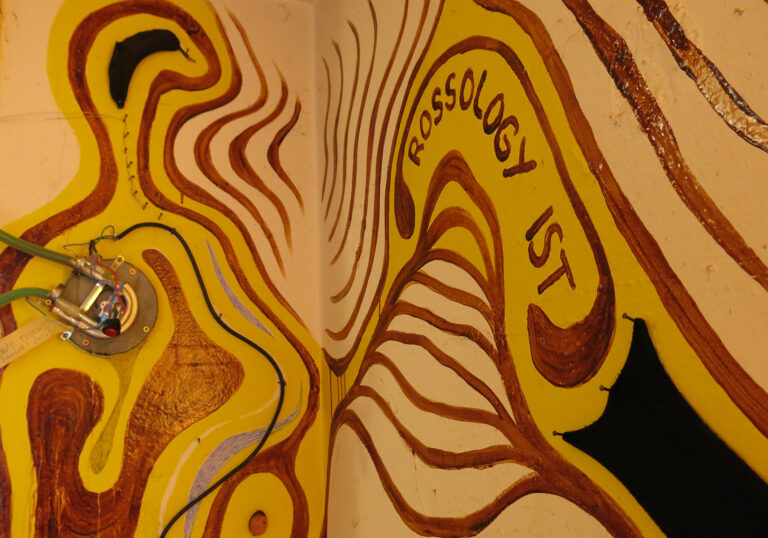
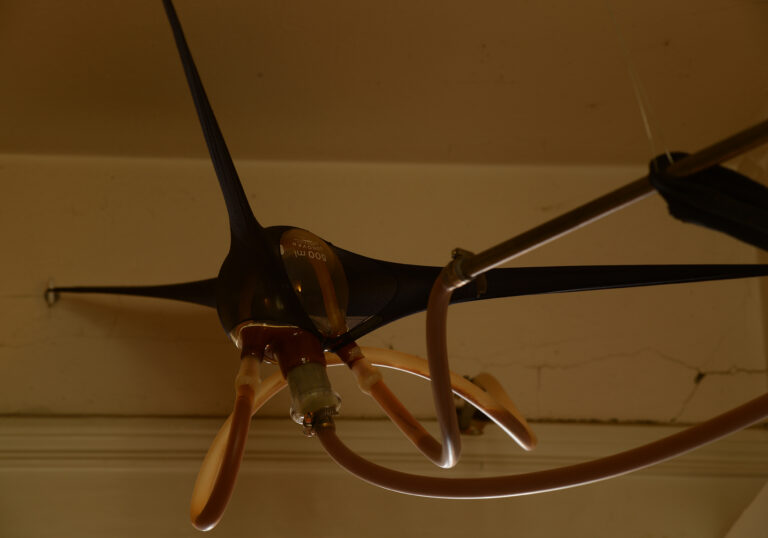
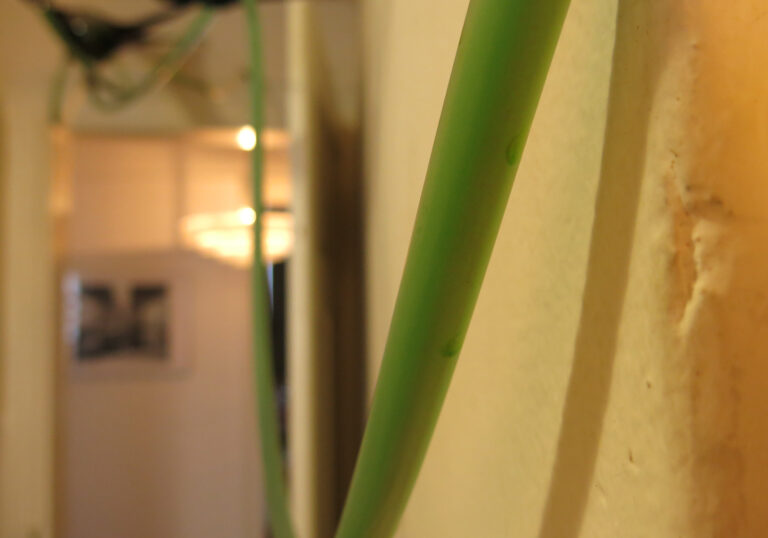
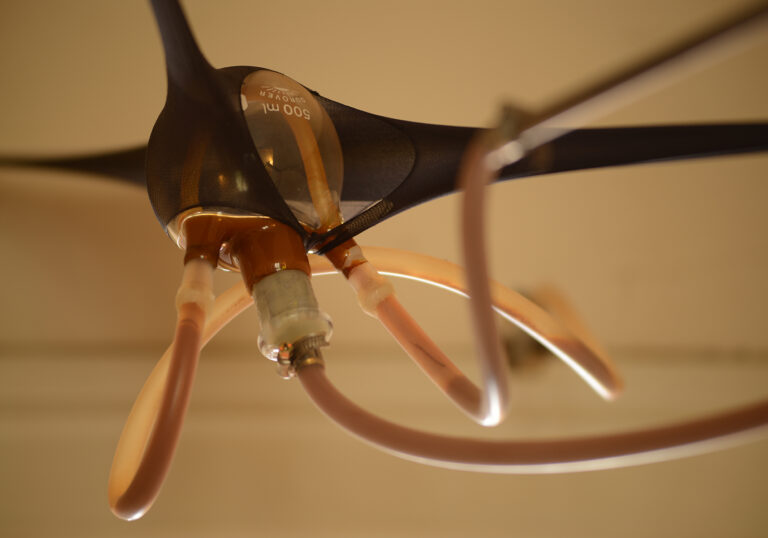
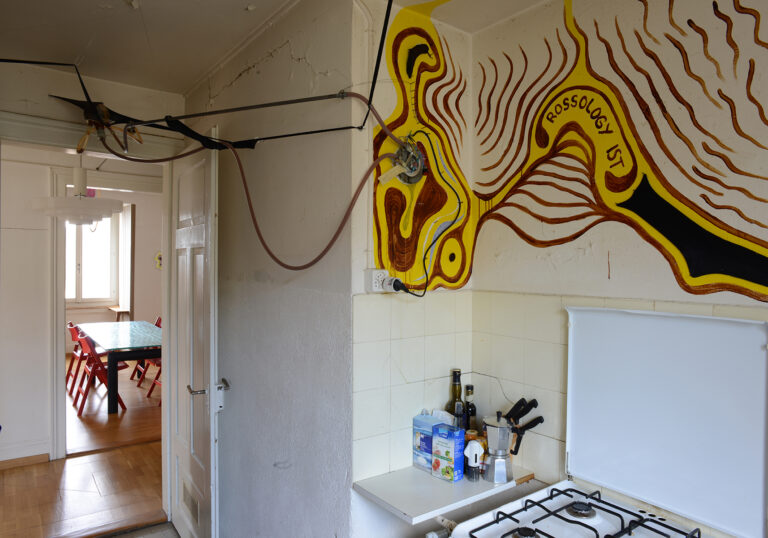
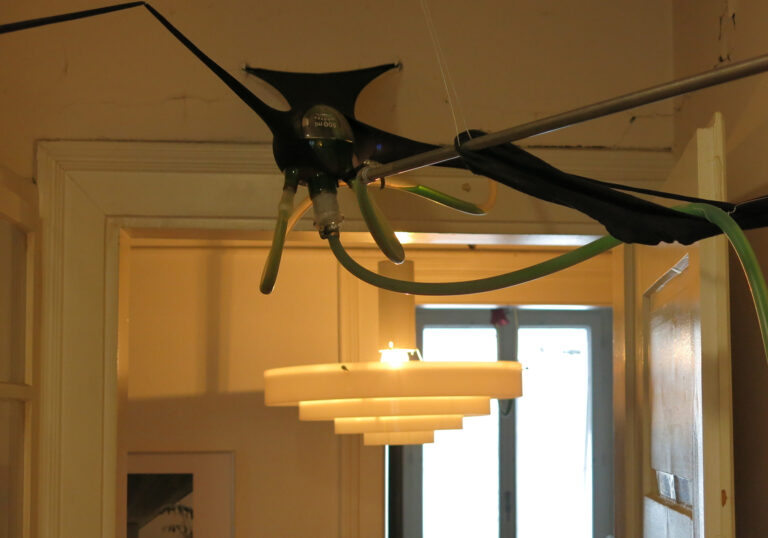

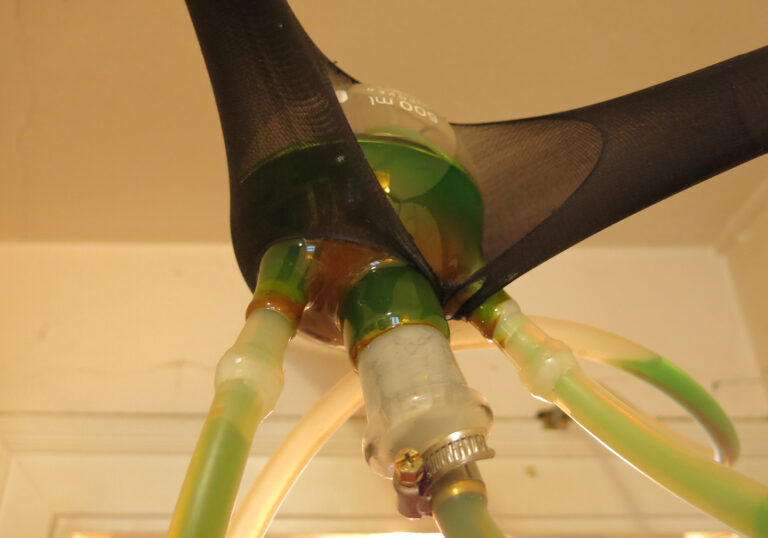
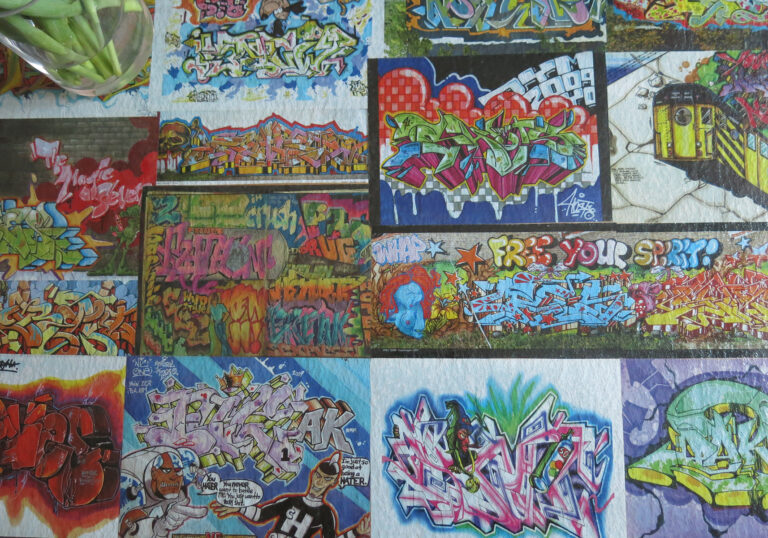

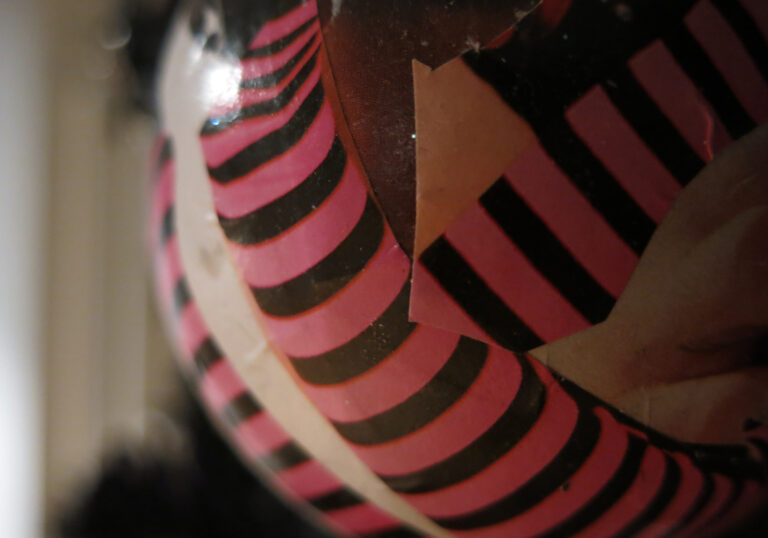
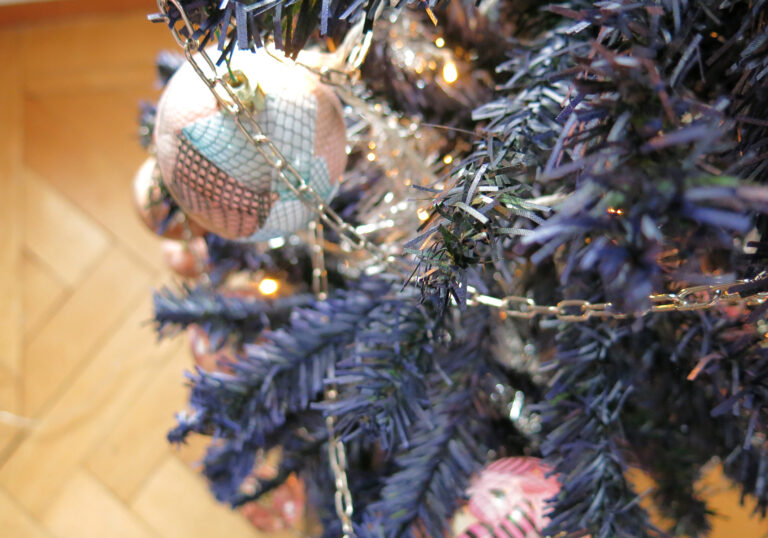
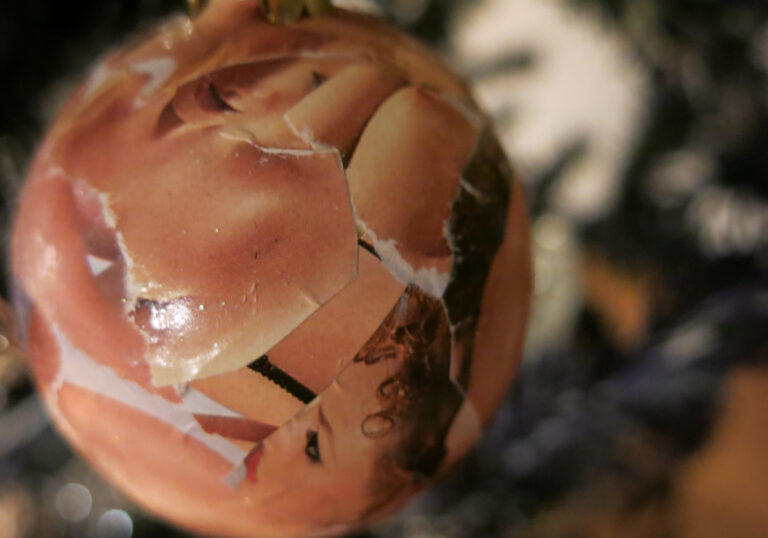
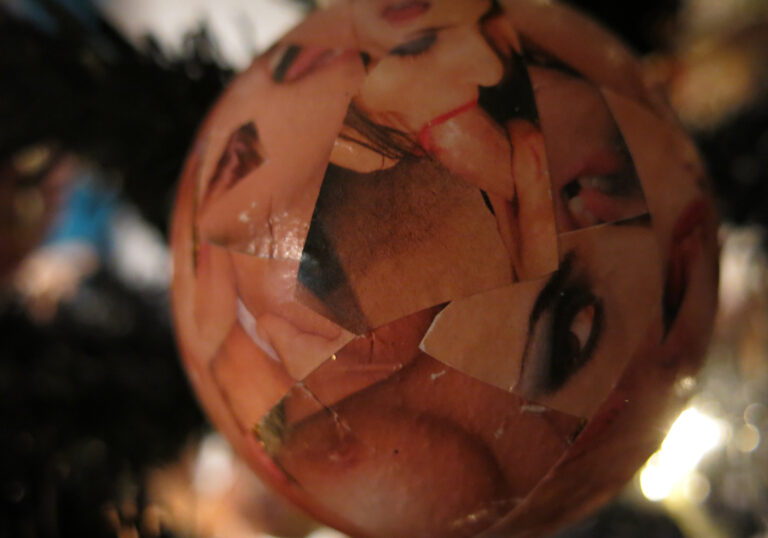
Wohnung #8
Luc Mattenberger
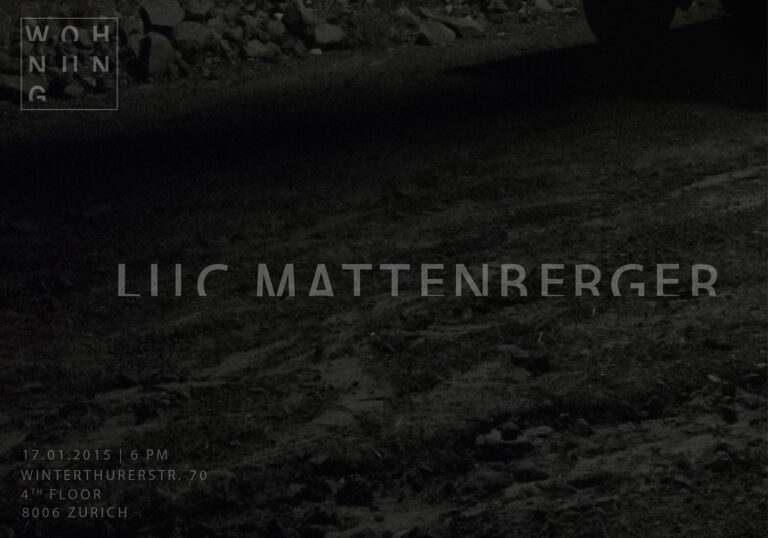
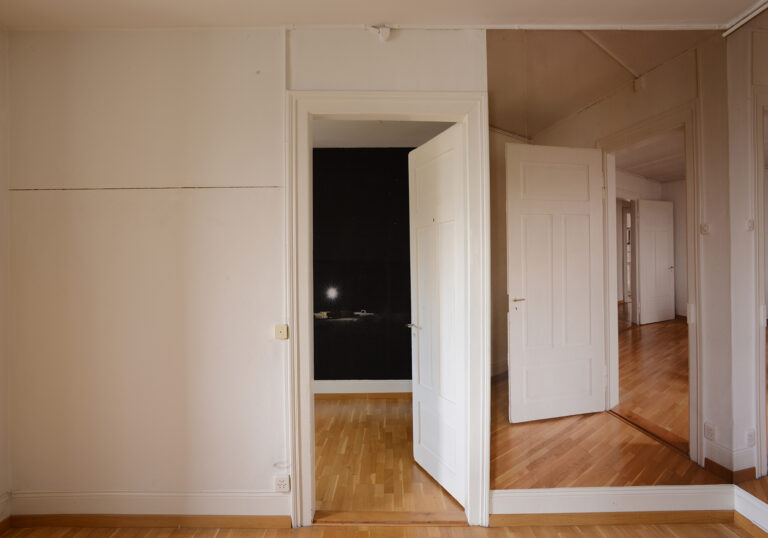
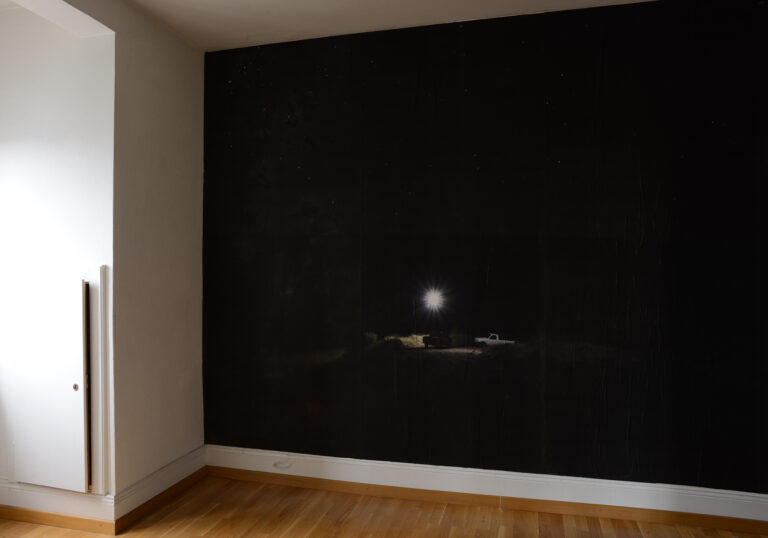
Wohnung #9
Marco Fedele di Catrano
PAscal Schwaighofer
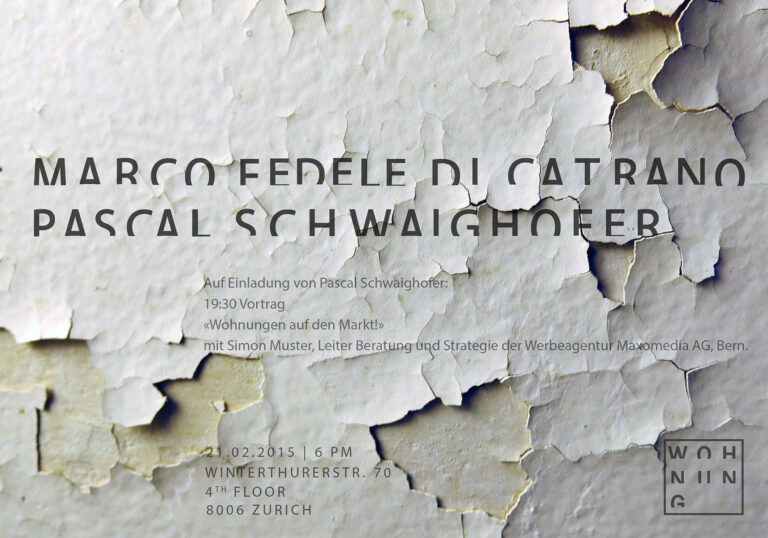
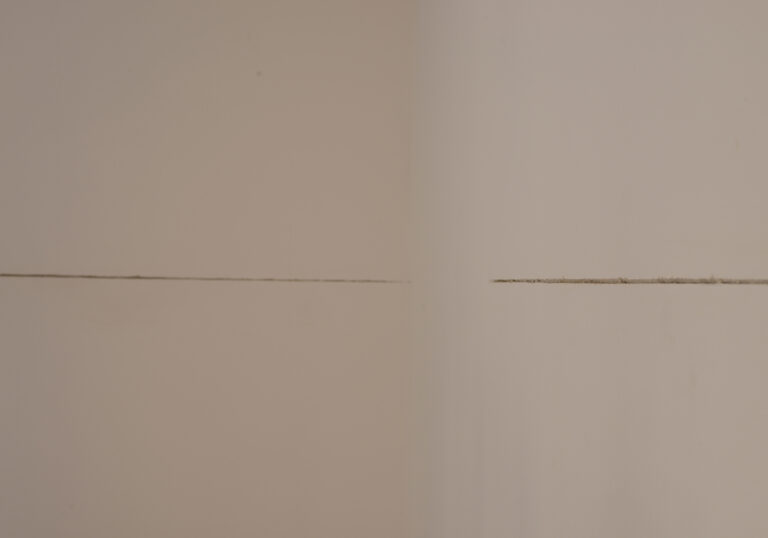
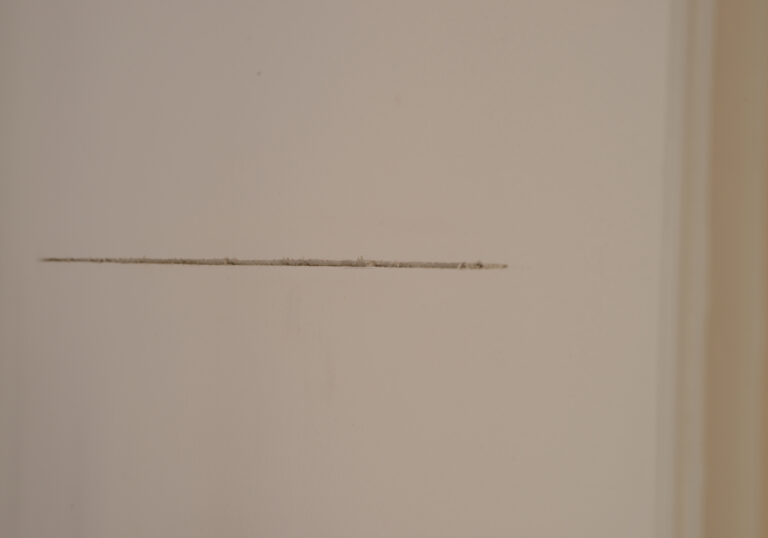
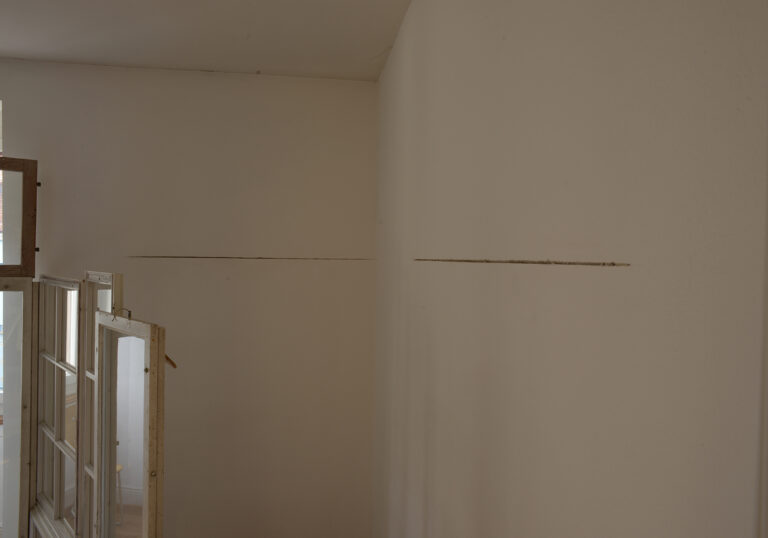
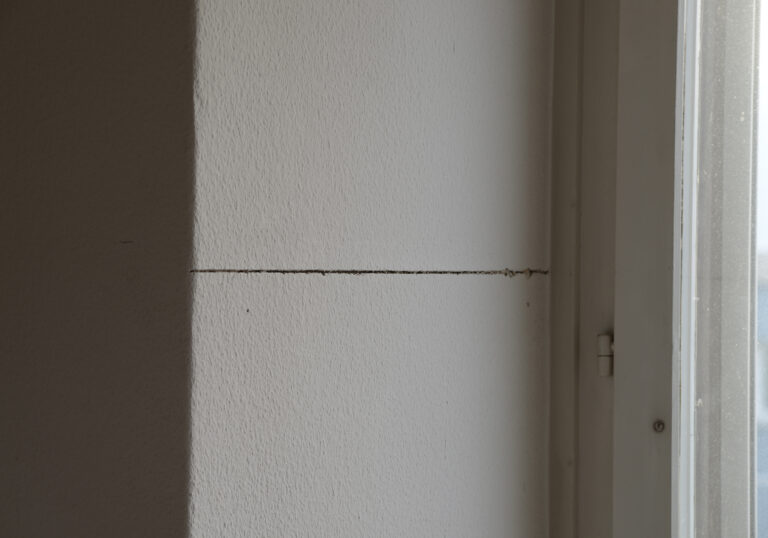
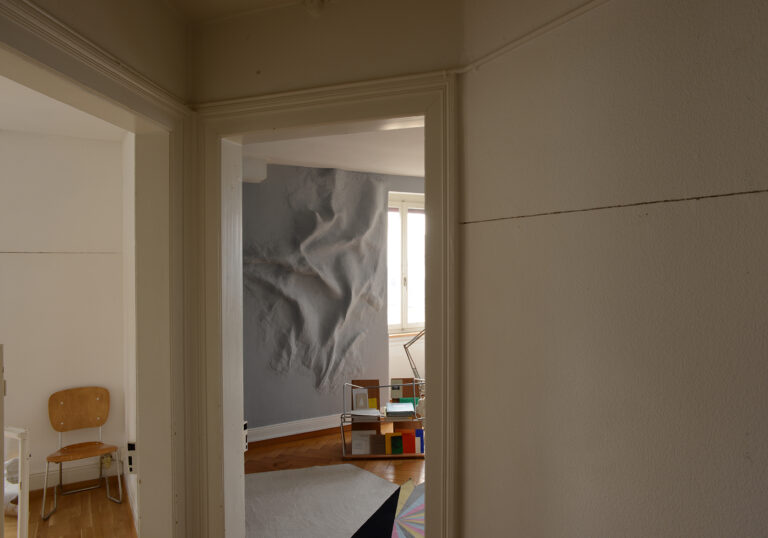

FESTIVAL
LES URBAINES
LAUSANNNE
2011
Adrian Lohmüller
Adrien Missika
Andrei Ujica
Athene Galiciadis
Aurélien Froment
Aurélien Gamboni
Baptiste Gaillard
Emre Hüner
Florian Graf
Gordon Matta Clark
Kara Uzelman
Monya Pletsch
Nicola Martini
Vittorio Cavallini
Attila Faravelli
Raphaël Julliard
Riccardo Arena
Stefan Burger
Yves Mettler
underground connections
A PROJECT CURATED BY PATRICK GOSATTI & NOAH STOLZ
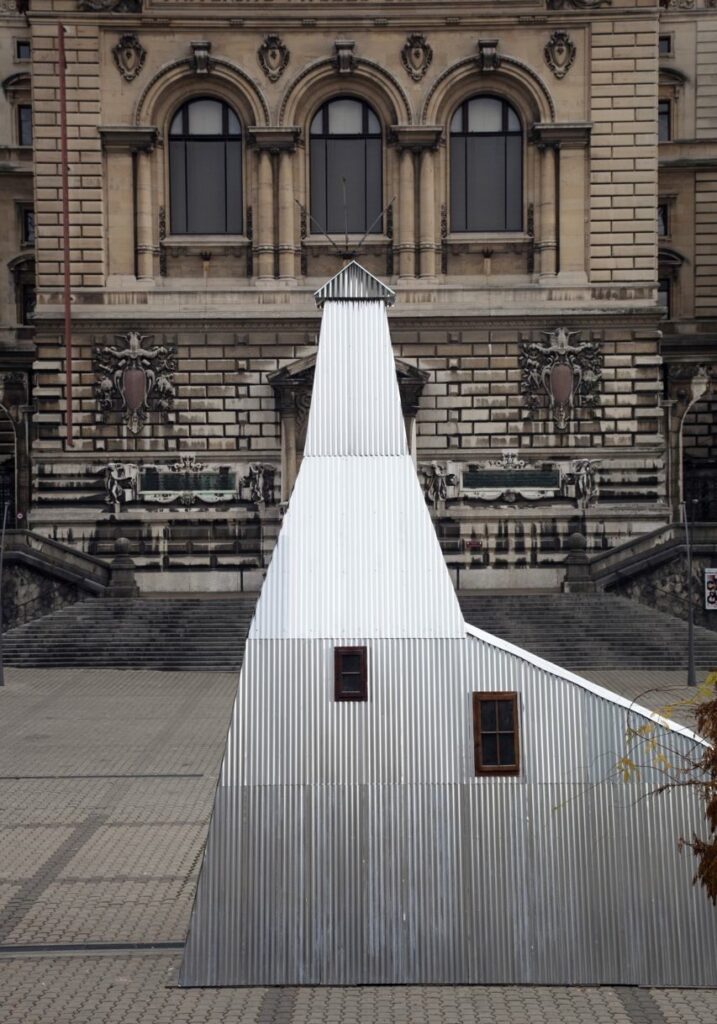
A network of underground connections is being woven between the various artistic interventions in this edition. This image has become the theme of the exhibition’s programme. Its origins lie in an intuition suggested by the city’s unique topography: that of a disappearance, in this case of the Flon and Louve rivers. A study of this history reveals the paradoxes of a faltering urbanism. Today, the city’s planning and development have resulted in an incongruous stratification that makes it difficult to see the bigger picture. This exhibition aims to reveal a flow of subterranean imaginations to be allowed to surface.
Yves Mettler, for example, is creating a ghostly structure on the Place de la Riponne, a 1:1 reconstruction of an oil drilling derrick built in 1929 in Arnex sur Orbe. Nearby, in the rooms of the Espace Arlaud, a sort of headquarters brings together heterogeneous theses and attitudes to the stratification of historical flows.
There are documents relating to local town planning and objects evocative of parallel, subterranean histories, such as a 1912 bottle of Swiss oil borrowed from the Geology Museum. These objects mingle with the artistic interventions: research into the highly unusual attack tactics adopted by the Israeli army and inspired by the theories of Deleuze and Guattari (Monya Pletsch), theorising a society structured around the Maelström (Aurélien Gamboni), the construction of a mythology around the discovery of antimatter (Kara Uzelman), or Adrian Lohmüller’s Water Portraits, liquid relics of clothes cleaned using a water filtration system reconstructed by the artist.
Our approach was therefore inspired by archaeology. We asked the artists to appropriate and reveal this idea of stratification. Our intention was not to deconstruct or criticise the urban planning of the city of Lausanne, but to adopt an attitude of questioning by digging up new hypotheses and piercing the surface of the visible with a transversal gaze. In the secret basements of La Riponne, multiple imaginary worlds come together, where the flow of oil meets the flow of rivers, where the histories intertwined in the strata of the city converge in a single place, a place that ultimately belongs only to our imagination.



